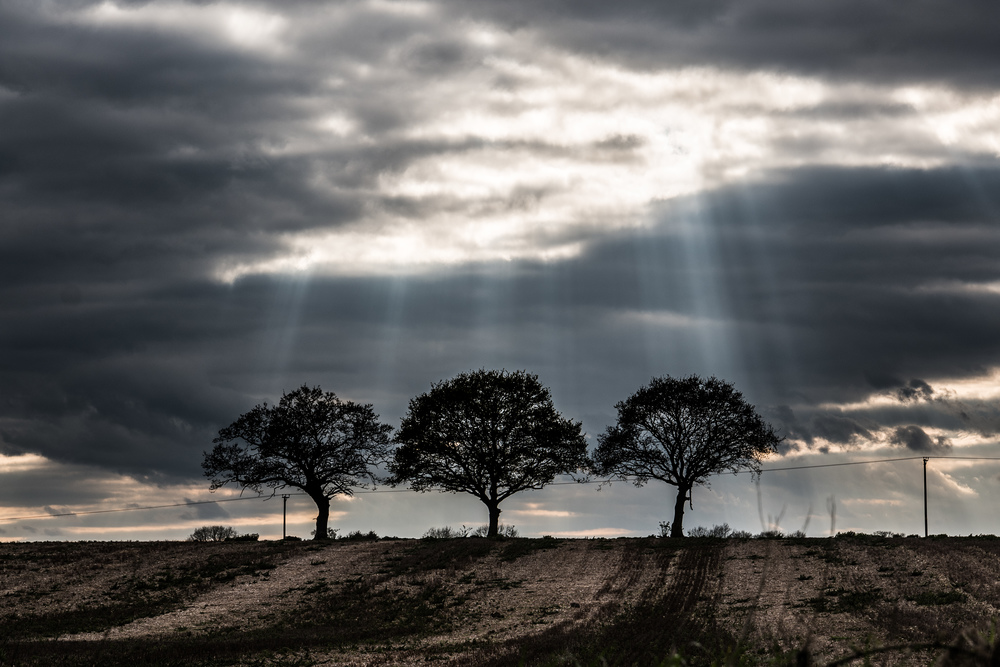
Introduction
On June 23rd 2015 a big box arrived at my door. It contained a prototype SL together with the 24-90 Vario Elmarit. There were no instructions and no clue on the body itself (apart from Leica on the front, and On/Off on the back). I had two different test cameras, one from June to July, and another for September.
At the time of the camera launch in October 2015 I wrote The Leica SL (a field report) as an introduction to the camera.
I bought my own camera with the 24-90 at the first opportunity, and then the 90-280 on its release this spring. Looking through my Lightroom Library I have 6,000 saved images (I usually delete about 75% of the images I take, so that might be 15,000 images in total) taken with 23 different Leica lenses (SL, TL, M and R). The camera has been a constant companion, it’s been to Crete and Venice, Wimereux and Sarnano, it’s photographed weddings and christenings, dress rehearsals and tractor runs, skiing and dog shows, parties and private views.
Since the camera started shipping in November 2015 there have been two significant firmware updates, reaffirming Leica’s commitment to improving existing products. There will be more in the future.
It seems to be time for a long time user report!
Rather than covering old ground and describing the camera in detail, I’m going to discuss its position in the world of photography, after that I’ll look at using the SL in a number of different shooting environments.
This century the progress of digital photography has been so incredibly fast that it has led to an impression of linear development, with the technology improving with each new release, and indeed, until the last couple of years this has certainly been the case, but I wonder whether this is still the right way to look at new cameras. As far as I can see, all the cameras produced in the last few years are capable of producing excellent images, but looking at reviews, there seems to be a mindset that it needs to keep on improving, and they concentrate on image quality and easily described features (Image Stabilisation, Focus Peaking, High Dynamic range) whilst ignoring the features which help us to make good images—principally those that help the camera get ‘out of the way’, leaving the photographer to concentrate on the image.
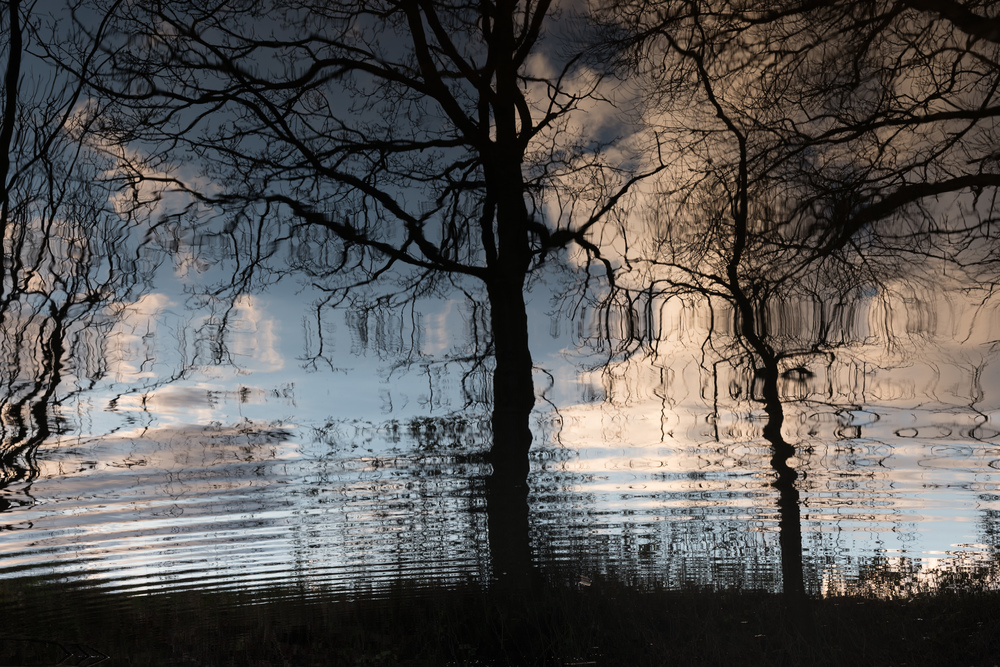
Image Quality and Megapixels
Recently Peter Walker posted a pair of images on the Leica User Forum. These show two similar views of Manhattan, one taken 15 years ago with a Hasselblad 205FCC 6cm x 6cm and a 110 mm lens on Fujichrome 100 and scanned using an Imacon Flexlight scanner, the other taken this year with a Leica SL and the 24-90 zoom at 68mm (about the equivalent focal length). It’s well worth clicking on the link and looking at his images.
The point is that the SL image, despite having been taken with a much smaller 35mm sensor, is just as good as the state of the art film image, perhaps even better. Arguments about film vs digital get very heated and partisan, and they aren’t relevant to this discussion, and I’m certainly not arguing against the charm of film. My point is simply that the SL with a 24-90 lens provides quite good enough image quality for any normal requirements.
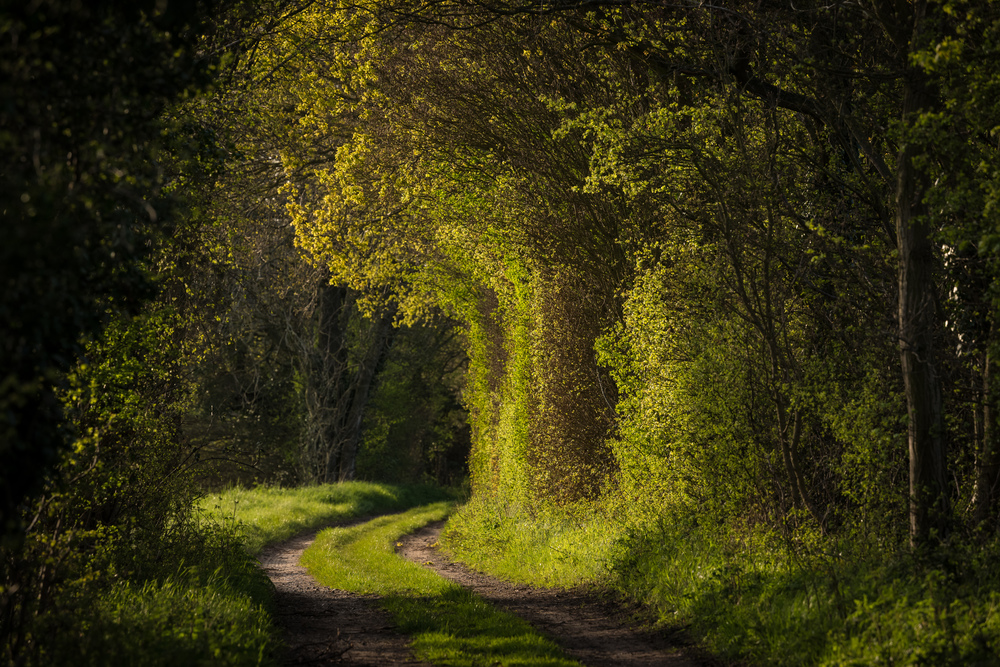
The world of photography however seems to need more and more: New Canon and Sony cameras produce images of 40 or 50 megapixels and there is talk of a 100mp 35mm sensor. Whilst I understand that for some (very few) applications this kind of resolution might be desirable, it certainly isn’t necessary for printing normal sized images (you can get an excellent A1 print from a good 24mp file).
Despite this continuing demand for larger and larger files, the new professional cameras from Nikon and Canon are still only 20mp. Other things being equal, more megapixels would be fine (even if only to allow cropping), but taking proper advantage of the larger resolution sensors requires better and larger lenses, sturdier support (tripods) and more powerful computers.
I’m not suggesting that improved sensor technology isn’t a good thing, just that larger and larger files don’t need to be part of that equation. Much better to use the improvements to make better quality pixels rather than more of them!
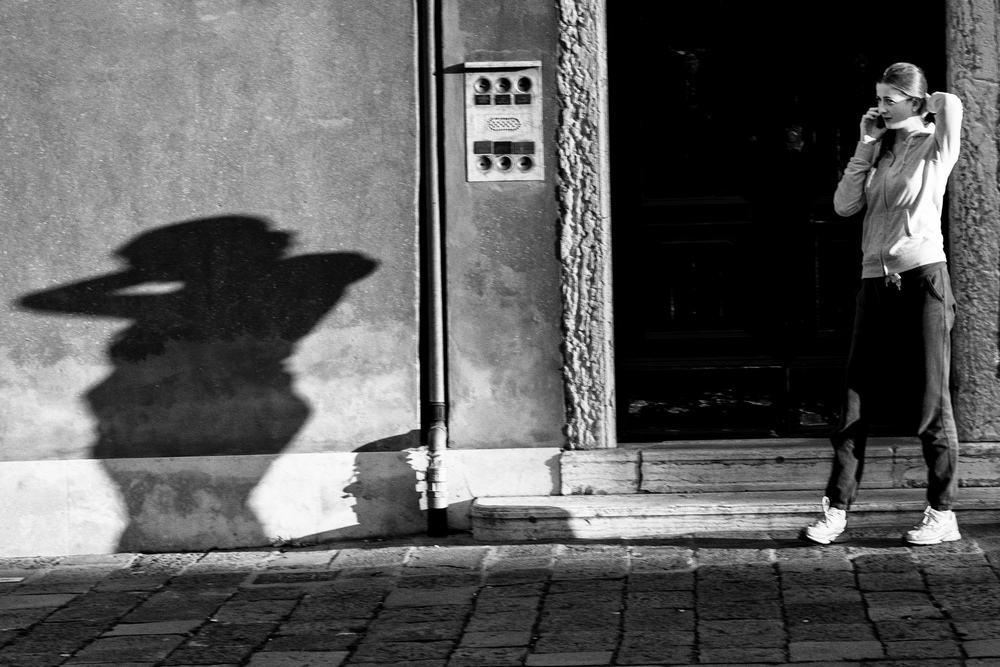
Haptics – fixed or flexible
Fixed Controls
Over the last few years there has been an increasing tendency for camera manufacturers to return to the labelled controls that the Leica M cameras never abandoned. So that you have a shutter speed dial, an aperture dial (usually on the lens), an explicit ISO dial and more recently exposure compensation dials. All nicely labelled with engraved values.
This has various advantages, it looks lovely for a start, you can see all the settings just by glancing at the camera, and if the camera is well laid out then things fall to hand really easily. M users have understood this for decades and it would be a sad day indeed if an M camera worked any other way. The Leica X and Q are beautiful examples of this philosophy, and Fuji have espoused it with their X cameras to great effect.

Mixed Fixed and Flexible controls
Modern SLR cameras began to move away from this fixed model long before the onset of digital technology. With the move to the EOS mount, Canon abandoned some of their labelled dials in the 1980s, details being shown on an LCD on the top plate of the camera. Nikon held on much later, but with the introduction of the G lenses and the F5 the aperture was controlled by the body rather than the lens, and the dials lost their markings (for autofocus cameras at least).
Most modern cameras have a mix of fixed controls (for instance the APSM dial) and flexible controls which can then be configured in the camera’s menu system. The latest professional dSLR cameras (the Nikon D5 and the Canon 1Dx mark ii) work like this.
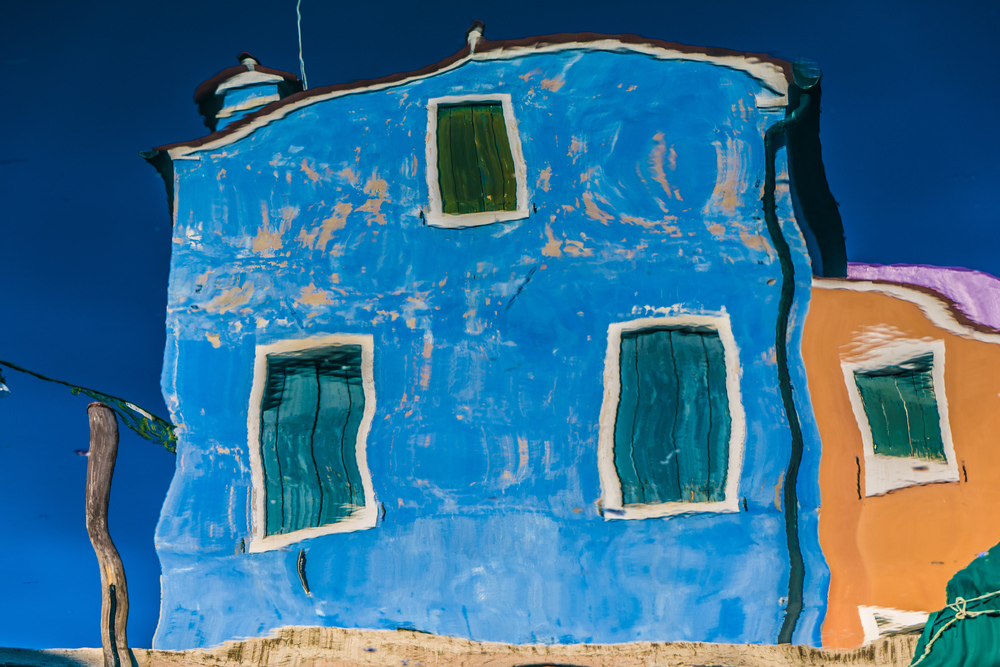
All Flexible Controls
In my original SL article I joked that the only writing on the camera (other than Leica on the front) was on the On/Off switch, and I thought that I could probably remember how that worked! Of course, this is because the On/Off switch is the only control which has a fixed use (with the sole exception of the screen button, but I can imagine there might be plans for that later on). All the other controls are configurable, and many of them have dual functions (short press / long press) etc.
Basically, it would seem that Leica have seen the direction of travel for professional-level cameras, and taken it to its logical conclusion. Of course, you might feel that you prefer all fixed function controls (as per Fuji cameras) or a mixture (like most other cameras). However there are some ramifications, which I’ll look at next.
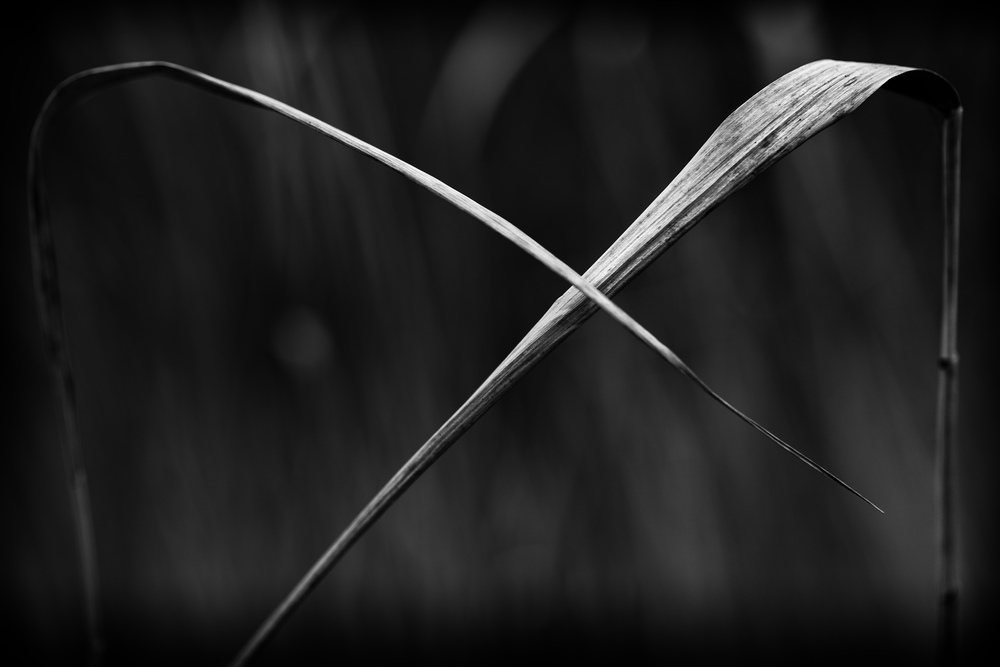
Seeing the settings
If you have fixed settings then of course it’s easy to see what’s what, even if the camera is turned off. You will, however, have to look at several different places to get all the information. With flexible settings, then you have to rely on the LCD on the top plate, this has the disadvantage that it isn’t on all the time, but the advantage that everything can easily and quickly be seen in one place.
When actually shooting, most recent cameras will show all the settings either at the bottom of the LCD, and in the EVF. The SL is no exception here.
Changing the settings
For the occasional photographer it’s pretty nice to have the controls marked clearly, but if you’re using the camera every day then you really do know where they are, added to which one is often changing settings with the camera to one’s eye, in which case it’s important to know where they are!
A problem with fixed controls is that they are easy to change in the bag without noticing—even when the camera is turned off; some cameras have locks to prevent this, but of course they militate against rapid changing of the settings when shooting.
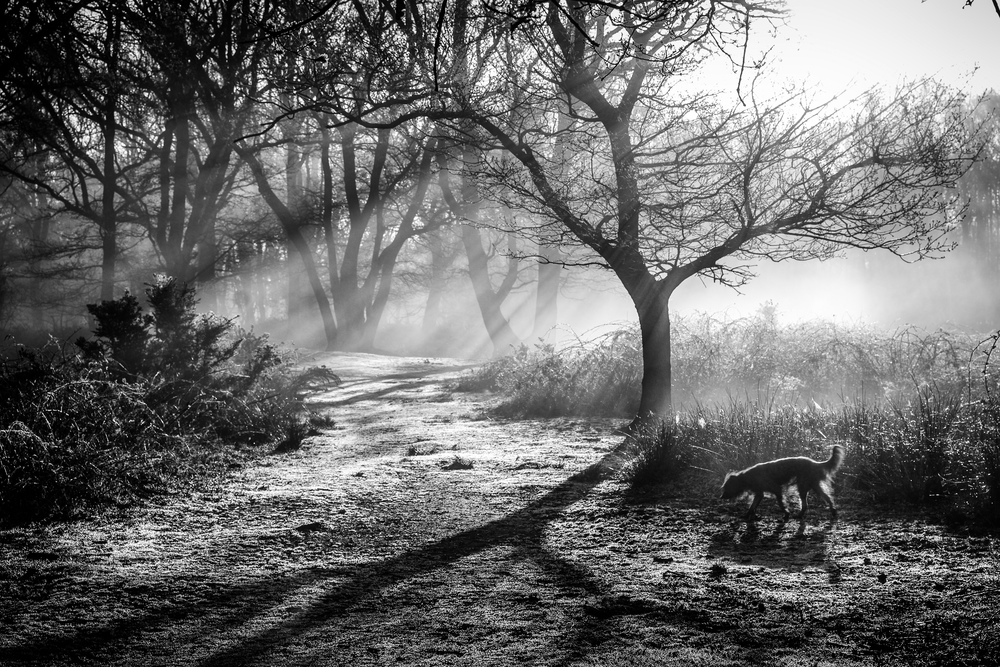
User Presets
User presets are really convenient for quickly changing batches of settings to suit changing shooting situations. Almost all modern cameras have them. Of course, if you have fixed analog controls and dials, then the presets either have to ignore these settings—or else there will be a disconnect between the settings on the body and those in effect.
Future Firmware changes
It’s been a welcome change in the last few years that more and more camera manufacturers are releasing more and more frequent firmware updates—even for older camera models.
Clearly, if the functionality of the controls is not fixed, then it gives the manufacturer more scope for making desirable changes in future firmware updates.
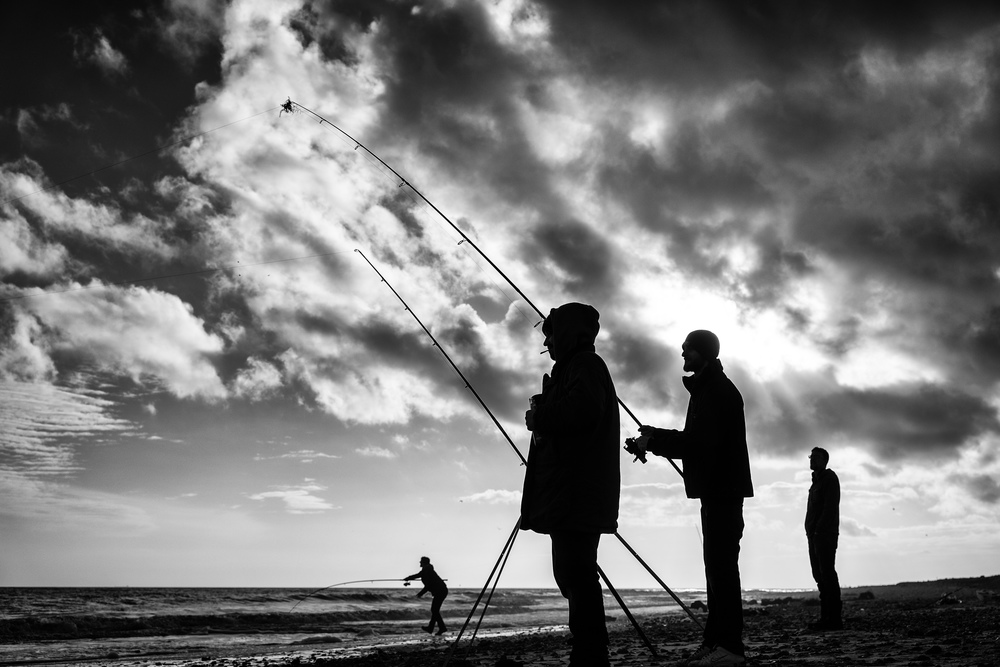
Each of these methodologies has devotees and detractors and each will suit some users better than others. Fuji designs have obviously been coloured by the recent trend for nostalgia, and perhaps in that respect they have let their hearts rule their heads. Canon, Nikon and others seem to have changed incrementally but without really coming to a coherent overall concept.
It is clear that Leica have been thinking very hard about camera design since the start of the S development: The SL controls are logical, innovative and consistent, and with the new firmware it’s really coming of age. A year down the line I’m finding it a joy to use—it is instinctive and doesn’t involve looking much at the camera. Of course, there are things I’d like to see improved, but nothing which couldn’t be fixed with a firmware update.
Whilst analogue controls are pretty and fun to use (and can’t be bettered on a manual focus camera like the M series) for maximum flexibility and functionality on a modern autofocus camera the new control concept of the Leica SL is hard to beat.
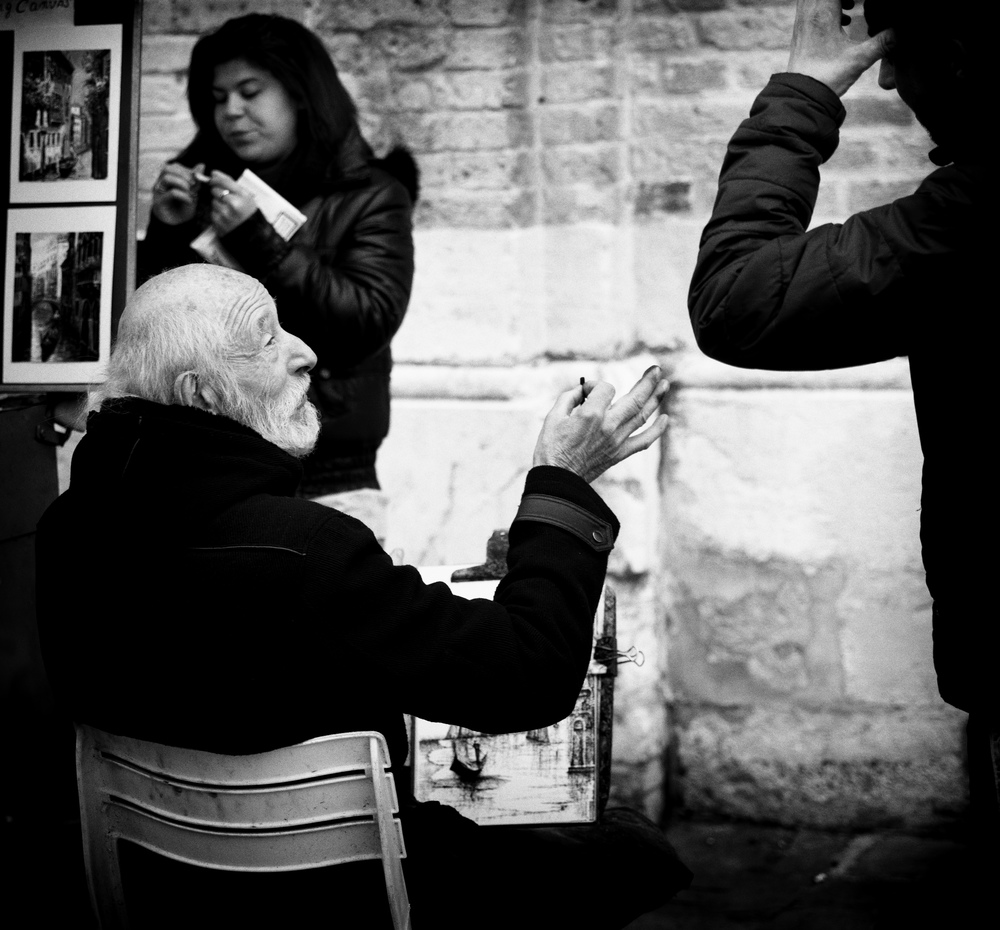
Magic
Size and weight
There are lots of people who would like to see a Leica CL-sized full-frame camera with small, fast autofocus lenses (who wouldn’t?), but it seems that this isn’t consistent with incorporating a motor in a lens design, or with the edge-to-edge sharpness that everyone wants from today’s lenses (at least, not yet!).
The Sony A7 cameras are an interesting illustration of this point in that they’ve managed to make an extremely compact camera body, but it’s becoming clearer and clearer that if you want high-quality autofocus lenses, then they’re going to be big (the new f/2.8 G zooms are comparable in size with the SL lenses).
Both Sony and Leica have managed to make small full frame cameras with a fixed lens (Sony RX1 and the Leica Q), but it’s a different issue when designing a fixed focal length lens to a particular sensor configuration.
If you can’t make small, high-quality lenses, then perhaps it’s neither helpful nor constructive to make small camera bodies; they don’t balance well with heavy lenses! However the Leica SL balances well with the two zoom lenses (24-90 and 90-280). Compared with the Sony A7rII (625gm, 1.38lb) the performance and build of the Leica SL (847gm, 1.87lb) is much more akin to the professional Nikon D5 (1415gm, 3.12lb) and Canon 1Dx (1530gm, 3.37lb). There’s a considerable weight saving, but without compromise in terms of handling (and you can always add the hand grip).

Shooting Scenarios – Introduction
The SL was designed as a professional workhorse which could manage every scenario a photographer might need. I’ve put it through its paces in a lot of different situations, and in each case it’s come up with the goods effortlessly and without issue. It seems worth looking at a number of different possible situations and how the camera performs.
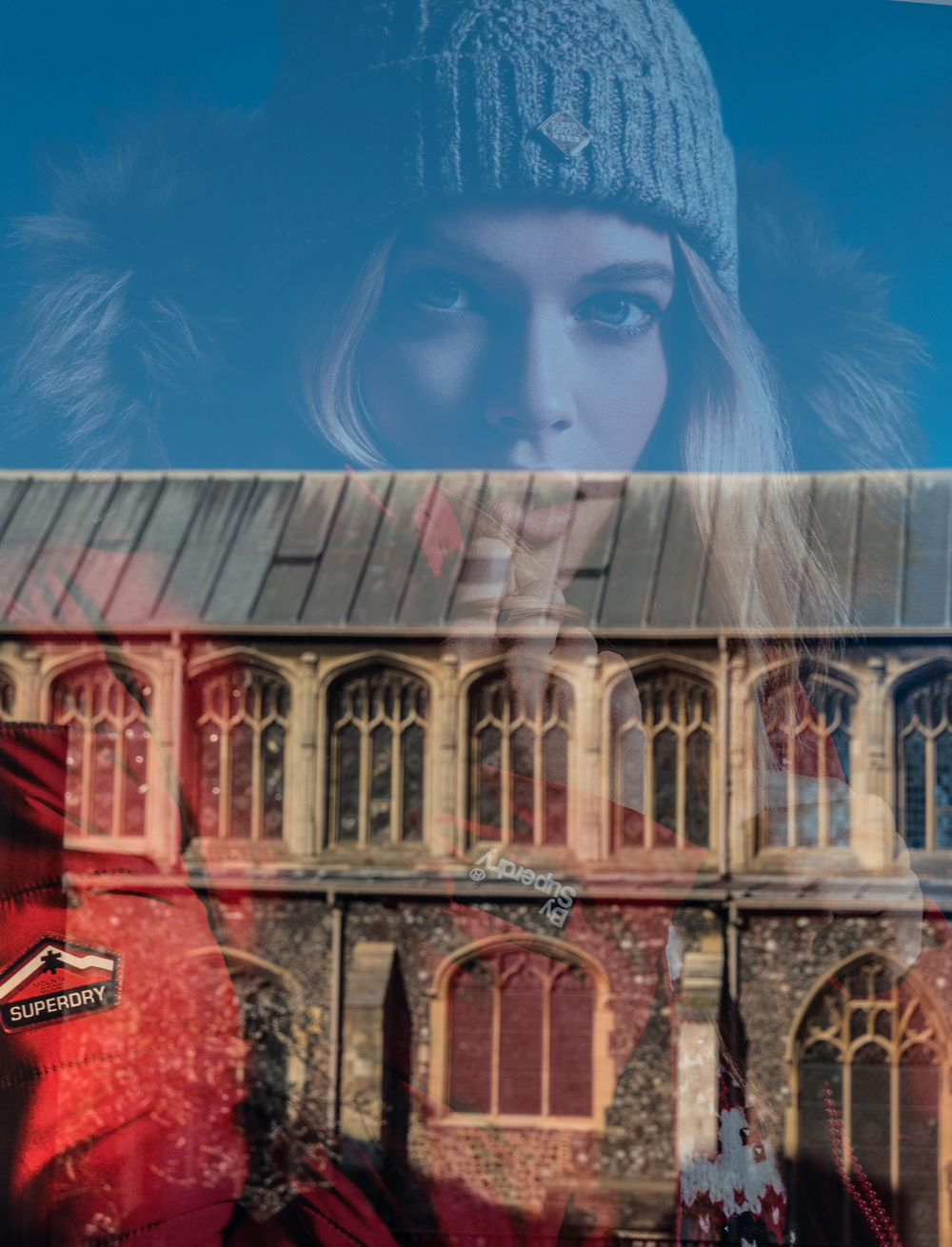
Event Photography
There are always so many opportunities to miss the best shots when shooting events—whether it be a wedding, a party or even a christening. One needs to have a good all-round zoom lens and very quick responses.
In most cases re-shooting is impossible, so having the camera write to two fast SD cards simultaneously is reassuring.
I’ve found that shooting with the Vario Elmarit 24-90 using spot metering and Auto White balance with single shot (with focus priority) and single point AF gives maximum flexibility. The auto white balance is pretty reliable (and of course one can always correct things in post processing if you shoot RAW). The spot metering follows the AF point automatically, so that the exposure is taken from the focus subject. The joy stick makes moving the focus point extremely fast and efficient and the incredibly fast single-shot AF means that the focusing hit rate is really high. The 24-90 zoom has a little more range than the traditional 24-70 zoom which can often help.
If the 24-90 is too large then there are a wealth of M lenses which can be used, or even the little T zooms.
I usually shoot RAW+jpg, together with the Leica SL phone / tablet app this allows one to post images directly to social media, which can be a real bonus in fast moving events.
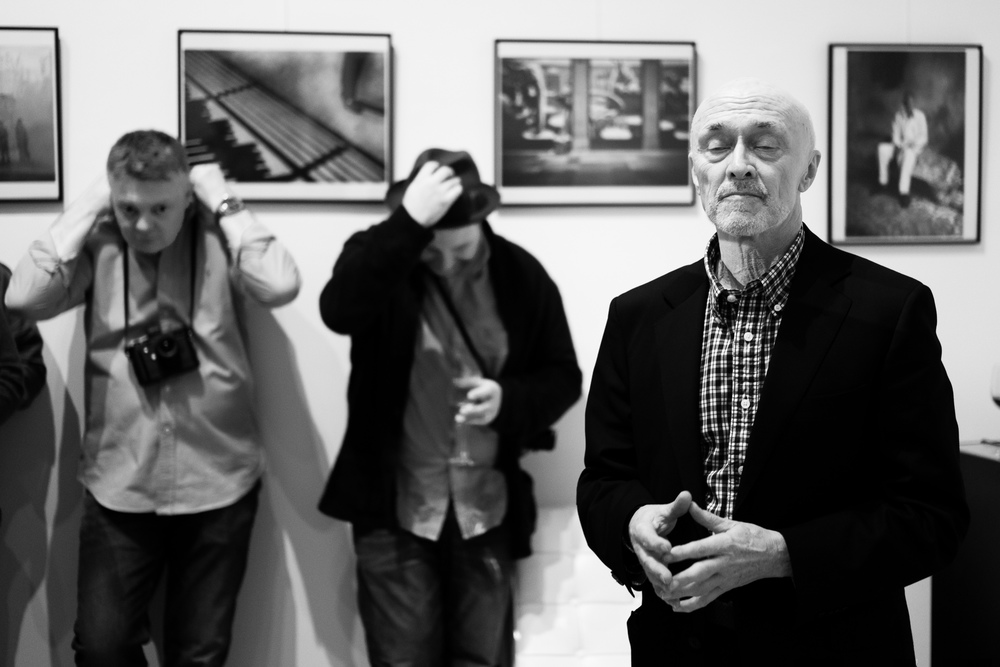
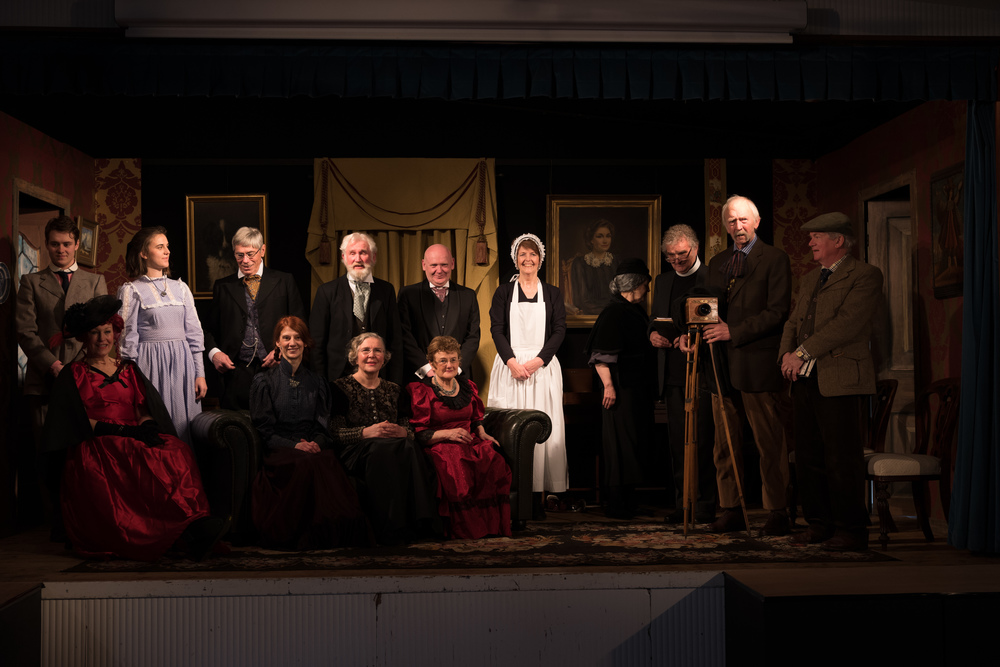
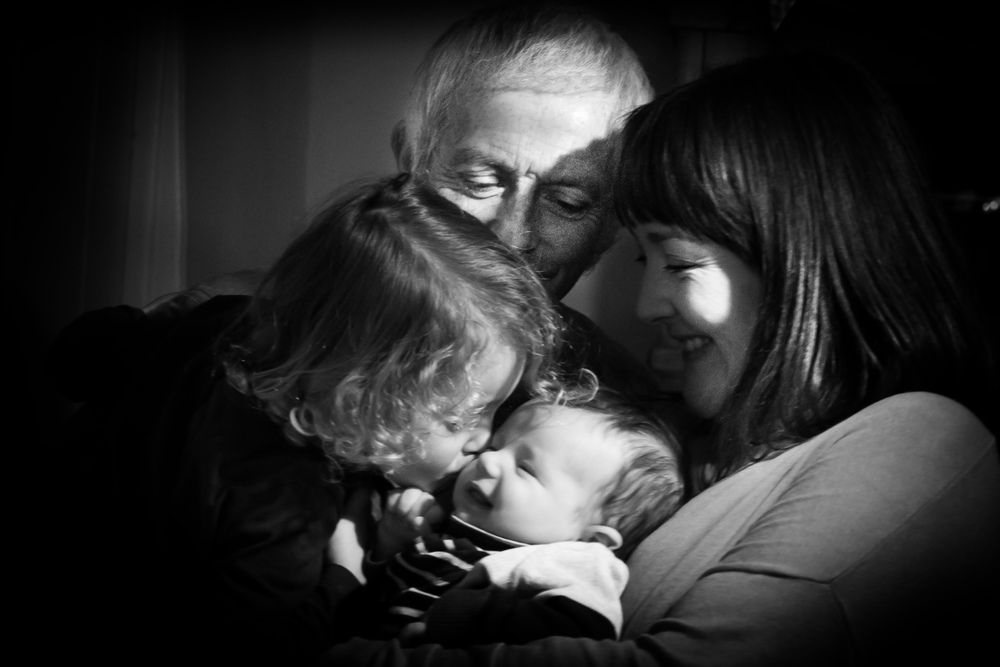
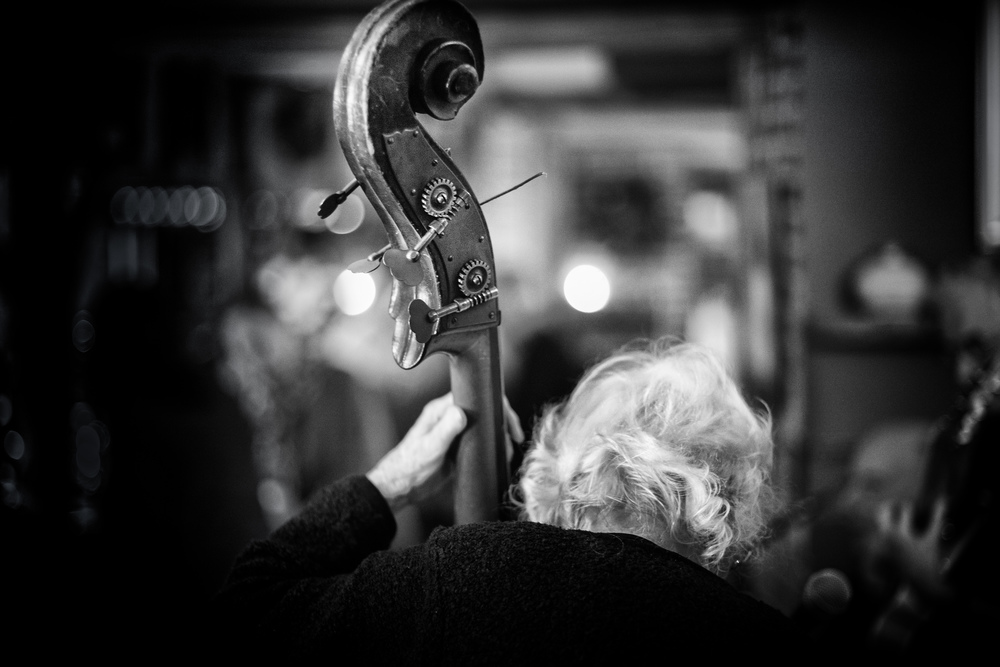
Landscape Photography
The ability to zoom in to various parts of the image for accurate focusing, the long exposure options and the excellent LCD all make framing and accurate focusing and exposure possible when shooting on a tripod.
The good high ISO and the quiet, well-damped shutter make opportunist landscape photography easy, and the wide range of M and R lenses make it possible to shoot from ultra wide to telephoto with high quality glass.
For an assessment of the SL by a professional landscape photographer read Vieri Bottazzini’s excellent review: A Landscape Photographer’s In Depth Leica SL Review
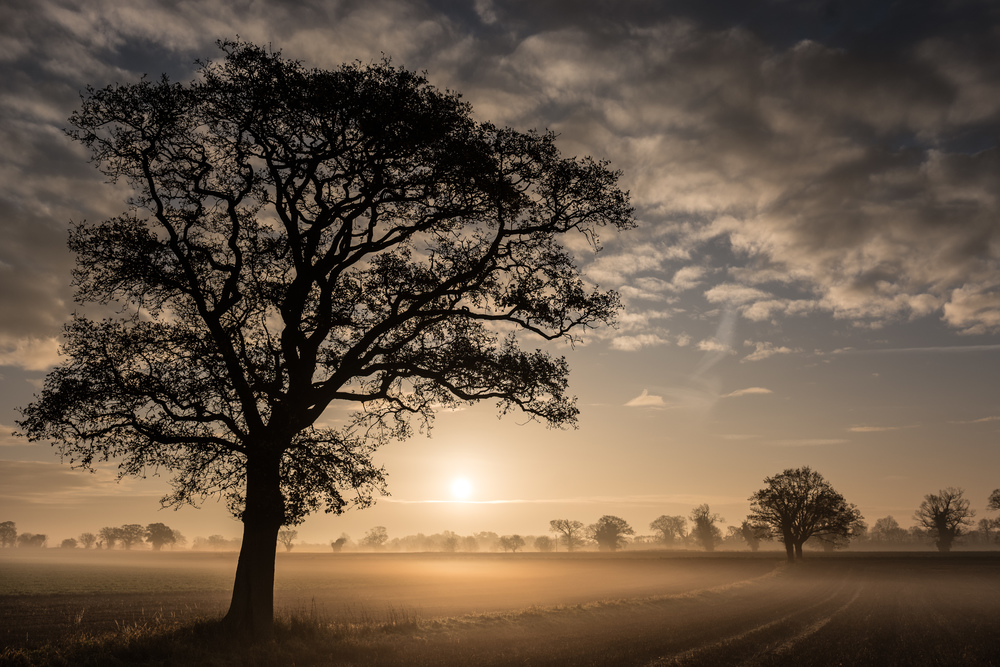
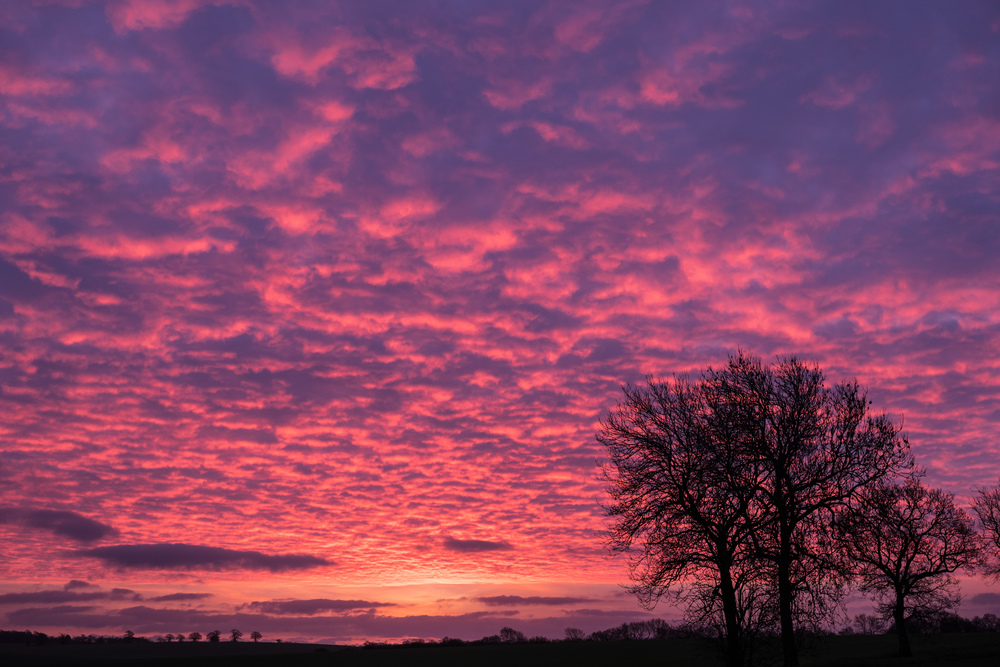
Still Life (product)
The zoom magnification in conjunction with the joy stick helps to achieve the really accurate focusing needed for this type of photography, both with the SL Auto Focus lenses and with M and R lenses. I’ve found the 60mm macro Elmarit R to be excellent, as is the standard zoom, but I’m hoping that Leica will bring out a dedicated macro lens for the SL in the not too distant future.
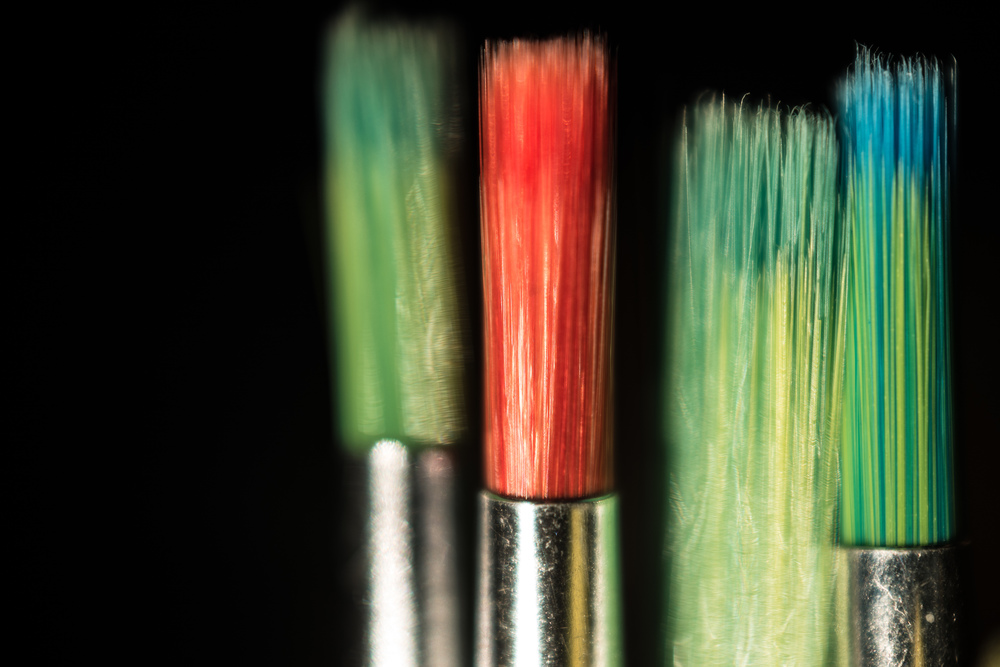
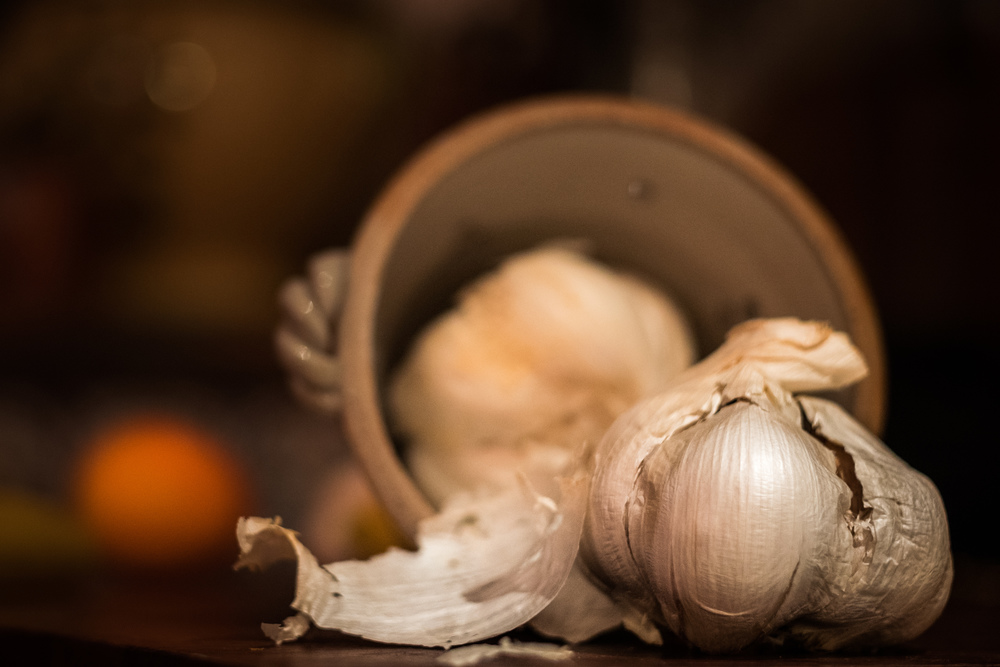

Street Photography
There are so many possibilities here, you can go out with an M lens, zone focus and fire away; you can take the 24-90 Vario-Elmarit and use autofocus or you can take your pick of the small and excellent T zoom lenses (the cropped 10mp is often quite enough for most street work). The extremely fast shot-to-shot times, deep buffer and easily moved spot exposure all allow maximum flexibility.
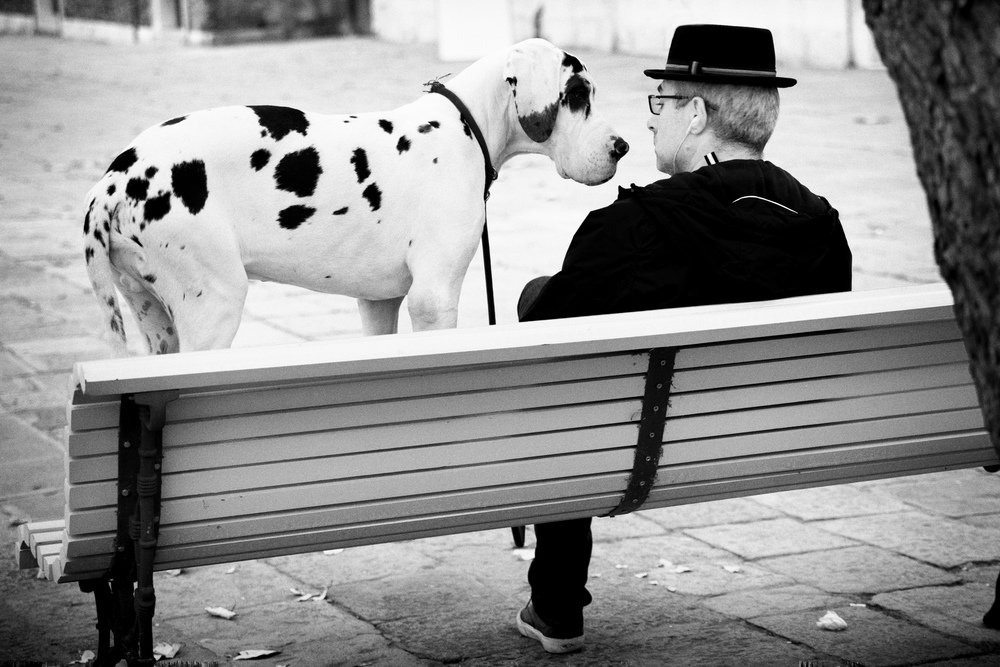
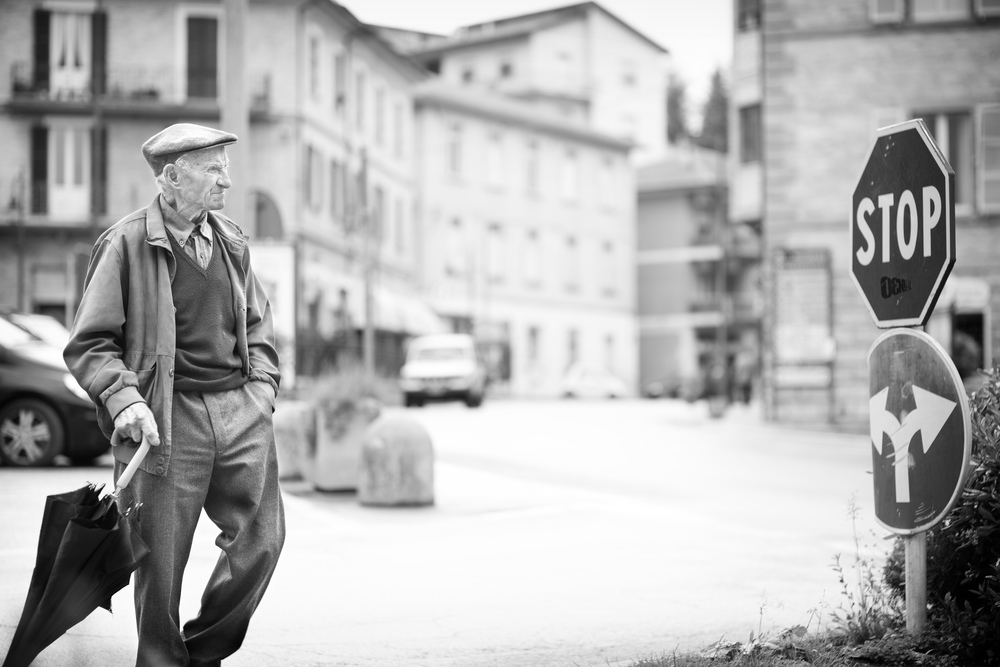
Path photography
Jesko von Oeynhausen (product manager for the Leica M) coined the phrase. It was meant as a joke, but I don’t think I’m alone in wandering around the countryside looking for images, it could be anything from a rainbow to a fisherman, a frog or a decaying piece of farm equipment (or indeed, a path). A kind of rural version of street photography. The SL with the 24-90 is perfect for this, one minute it’s a landscape camera, the next a macro or an action combo.
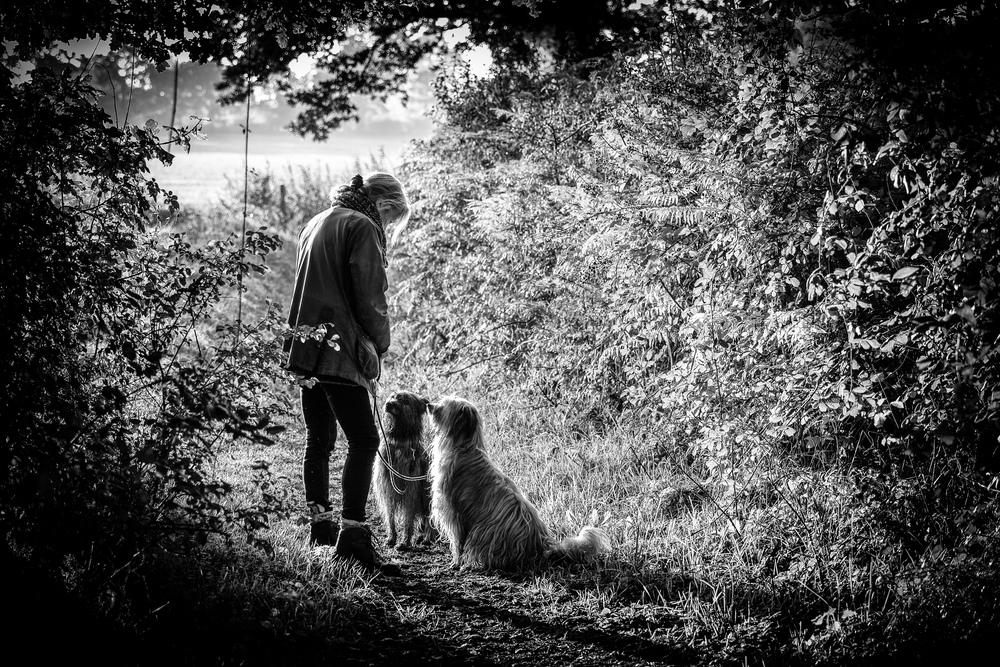
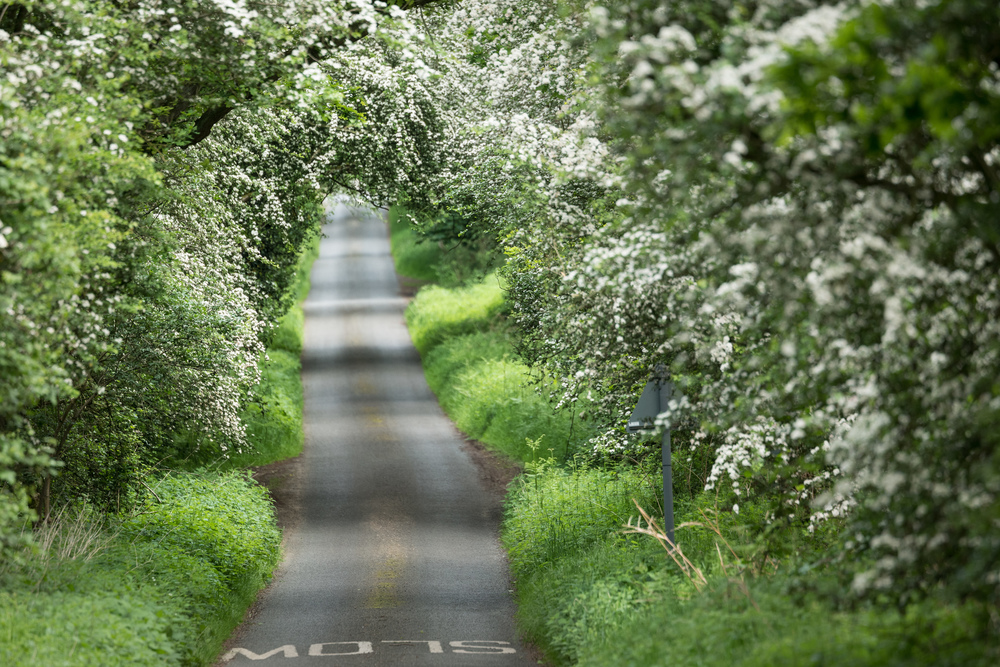
Action Photography
In the early days of mirrorless cameras, the contrast detect autofocus really couldn’t compete with the phase-detect of traditional dSLR cameras for continuous focus. Things have changed and tracking works pretty will with the SL; especially with the 90-280 zoom. Together with the really fast burst rate, infinitesimal black out and lack of mirror slap the camera is a creditable tool for sports or action photography.
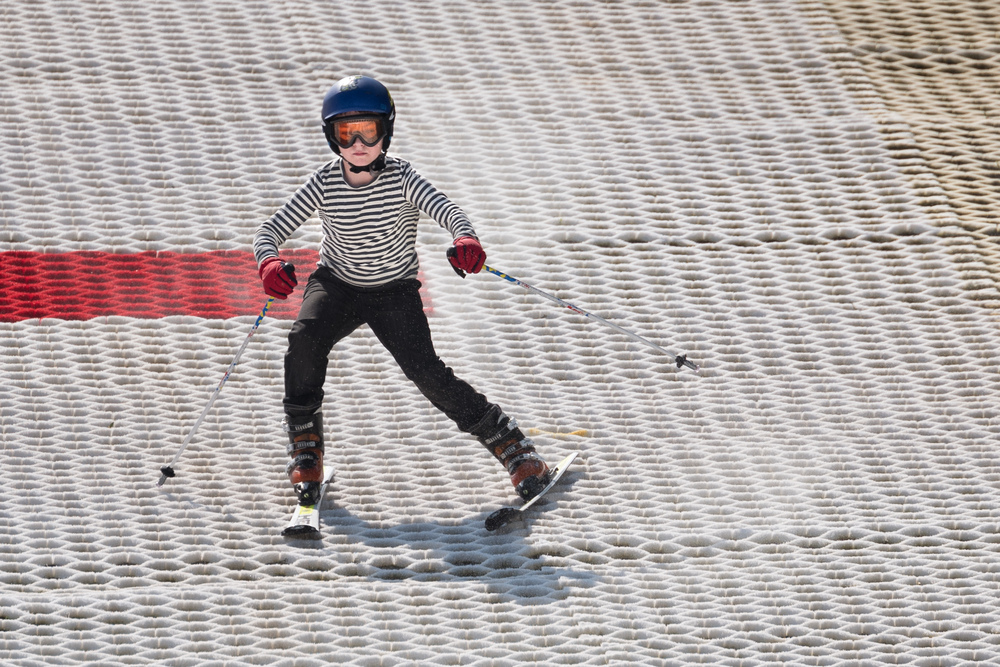
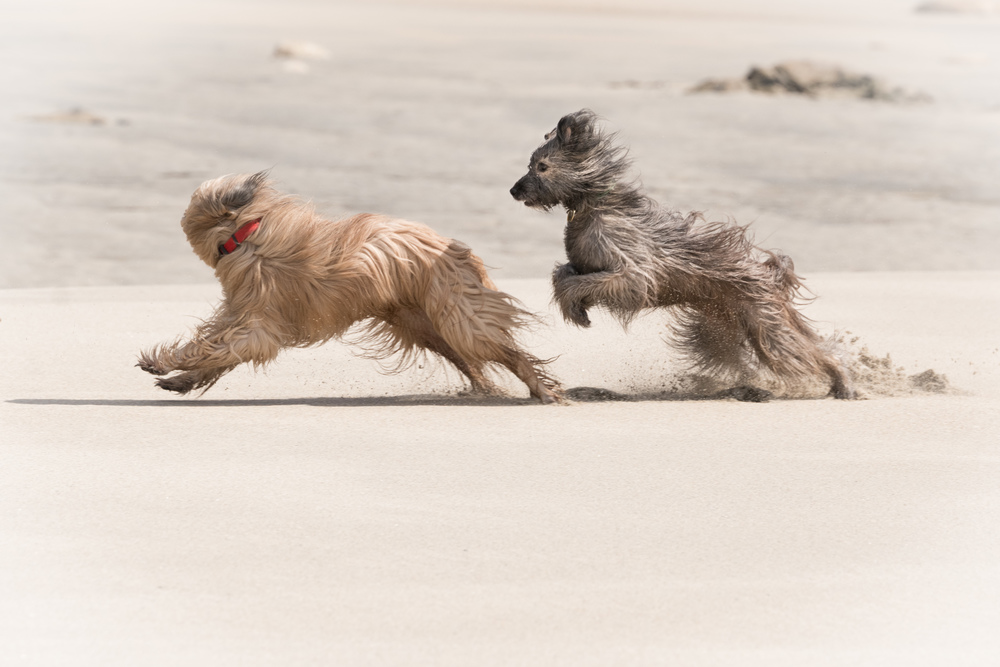
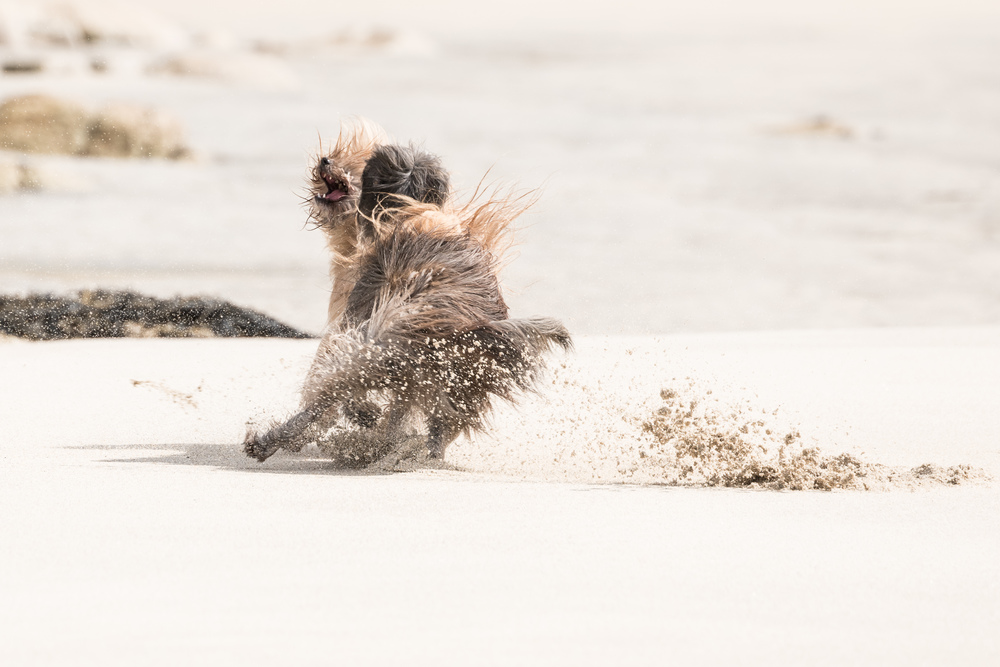
Nature and Wildlife
I often head out with the SL and the two Vario-Elmarit zooms, camera and lens over one shoulder and a small bag with the other lens over the other. This gives me a range from 24-280, weather sealed with image stabilisation throughout. If I tuck the little Wide Angle Tri-Elmar in a pocket I can go right out to 16mm. The close up facility of both the zooms means that I can catch everything from a damsel fly to a rare bird or a wide skyscape.
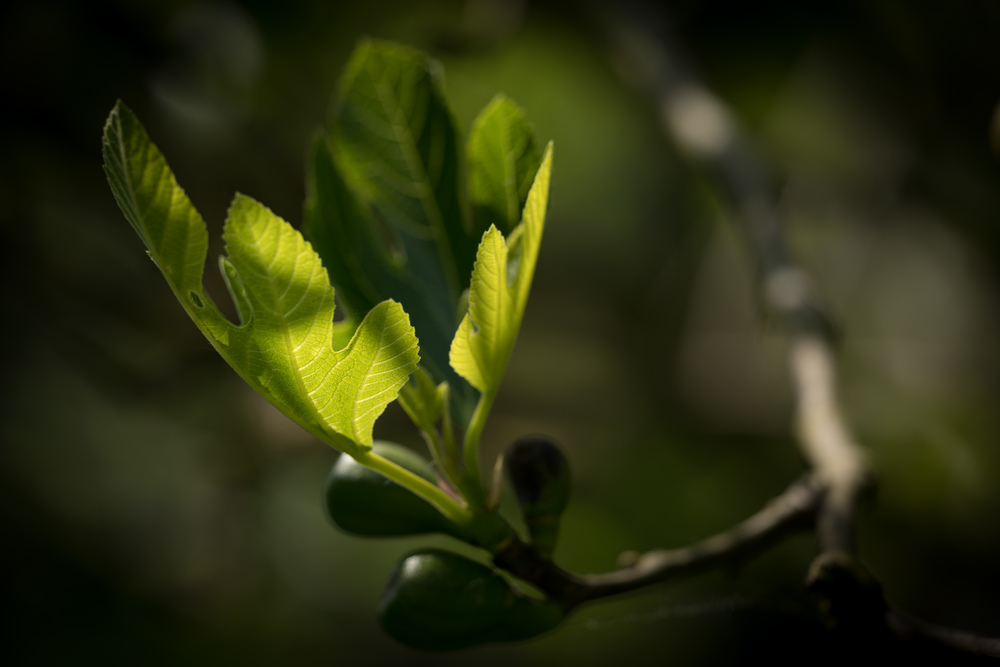
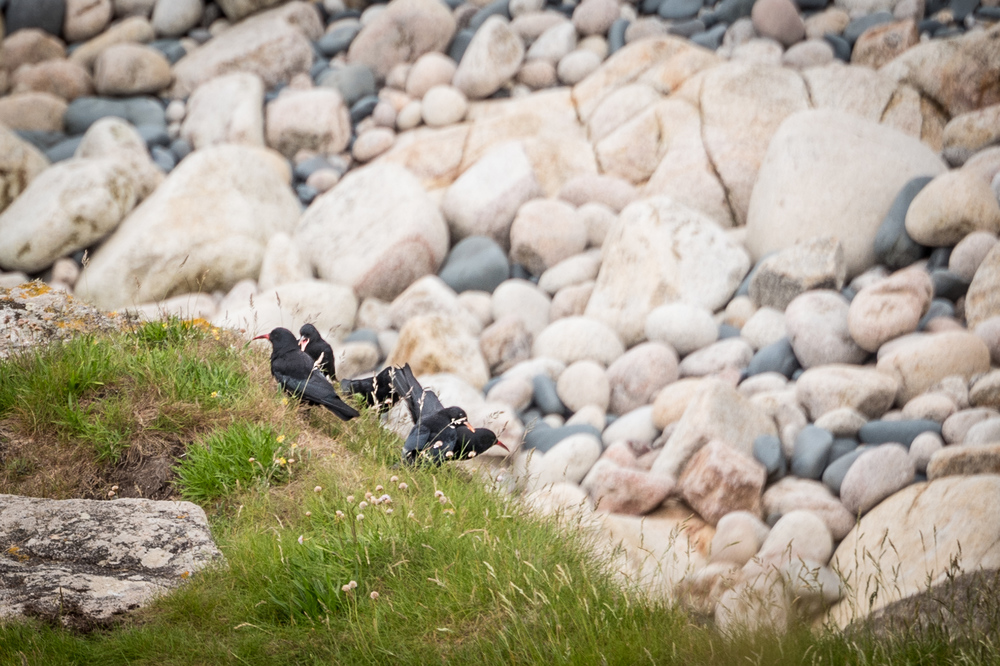
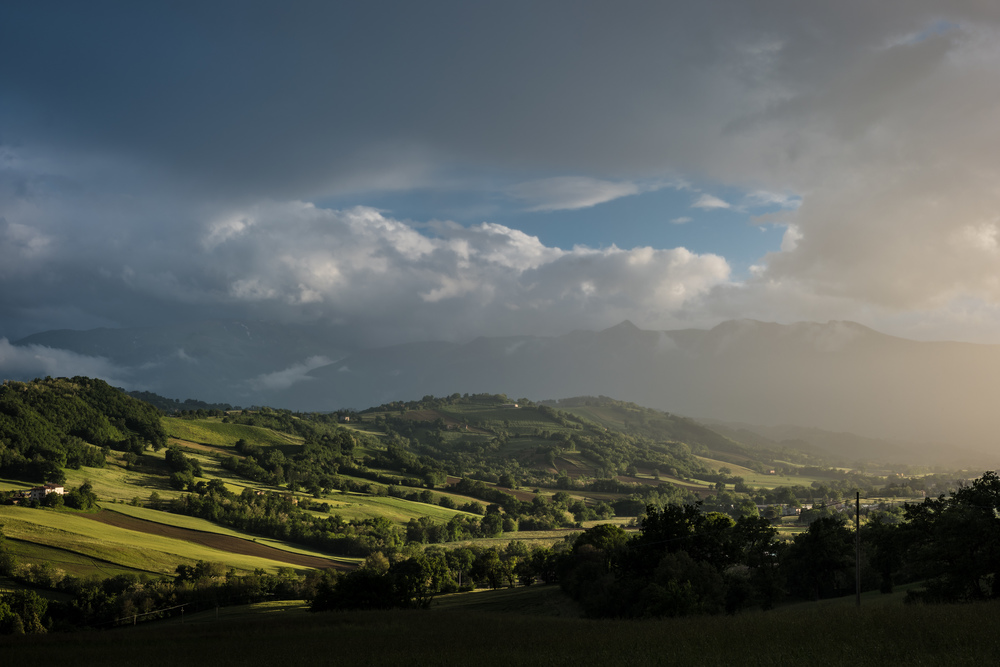
Photojournalism
Each year I shoot the Pink Ladies Tractor Road Run in aid of Breast Cancer Research. The remit is to get a good picture of all of the ladies on their tractors at each of four points on the run. Then, to get these images up on the website and on FaceBook the same evening. This year I took 1200 photos and posted 664 on the internet the same day. They then need to be available for the newspapers to pick and use without too much hassle for me, or for them.
This poses several problems. The first one is to get sharp shots of the faces of the tractor drivers; AF cameras like to focus on the front of the tractor, not the face of the driver, and they are driving at about 10mph straight towards the camera. The tractors are all decked out in more or less fluorescent pink, which makes the exposure quite a challenge. The English weather is another problem. Last year it was pouring with rain, this year the weather was lovely, but it was cloudy one minute followed by bright sunshine the next. It’s important to get the ladies’ attention and better still if they wave at the camera, and this means shooting with one hand and attracting their attention with the other. The vertical exhaust pipe on the tractor adds a little to the complication; they often have mirrors (or bunches of pink flowers) attached to them, and the driver’s face tends to disappear behind this.
This year I used a single focus point about a third of the way from one side and down from the top of the frame, tracking focus was too difficult to accurately pinpoint the face, so I used continuous focus. For the metering I used spot metering (which follows the focus point). I’m still alive, which proves I got the required shots, and they’ve been used on the front page of the local paper (with a double page spread inside).
It’s important to get the exposure and framing as good as possible so as not to end up with hours correcting it for each image. I’ve used the SL two years in a row for this job, and it’s really come up with the goods, especially this year with the firmware changes.
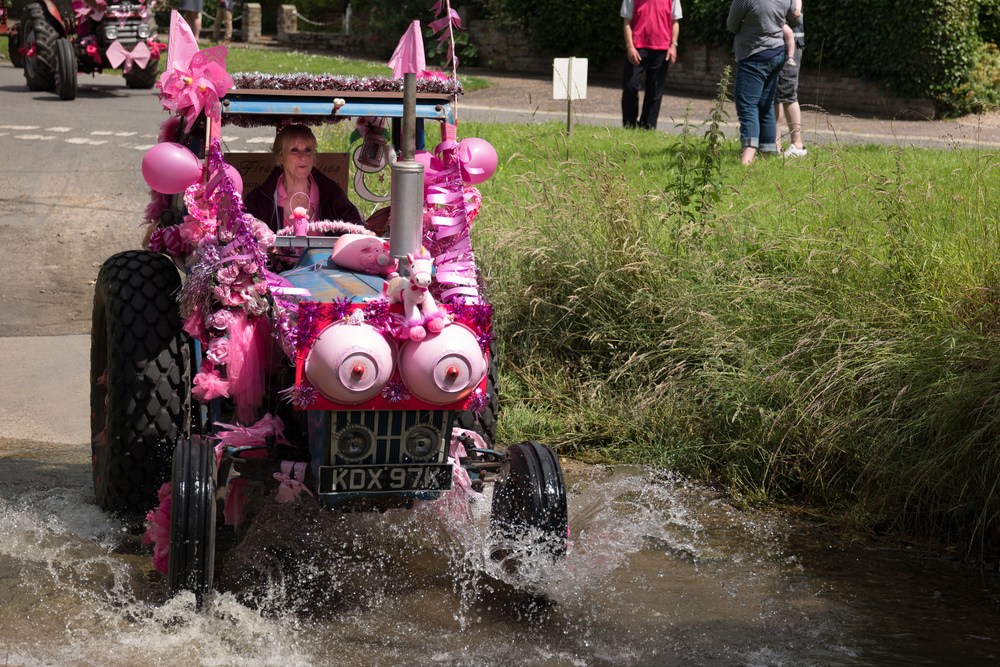
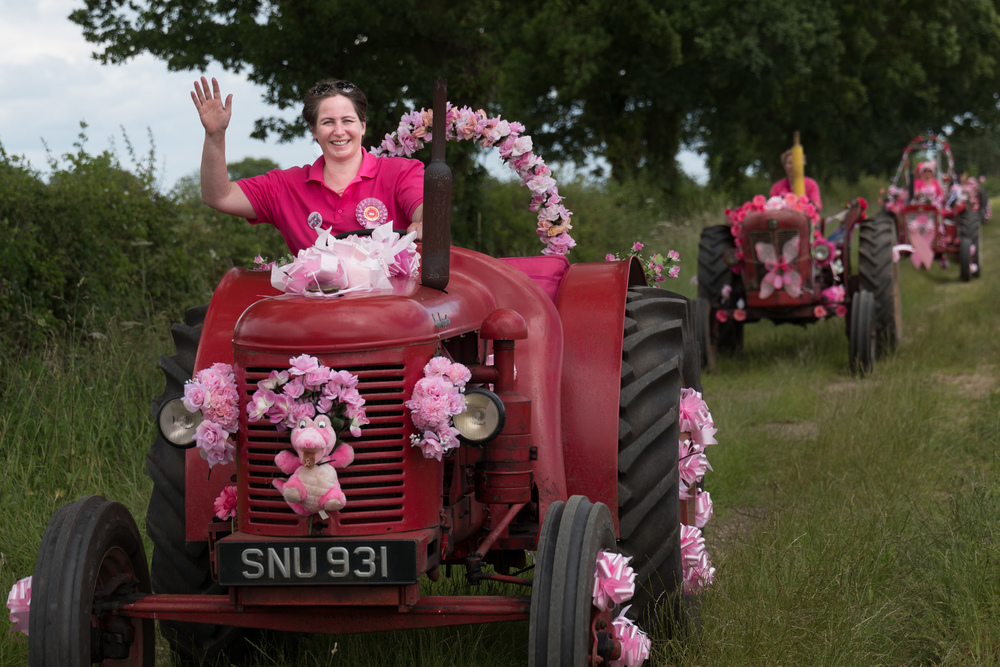
My Wife Emma drove her 1953 Fergie tractor on the 13th Pink Ladies Tractor Road Run .
This is a fantastic cause, and if you’ve enjoyed this article I’d be really grateful if you could donate to Emma’s Just Giving page. Every little bit helps!
To Donate Please Click Here
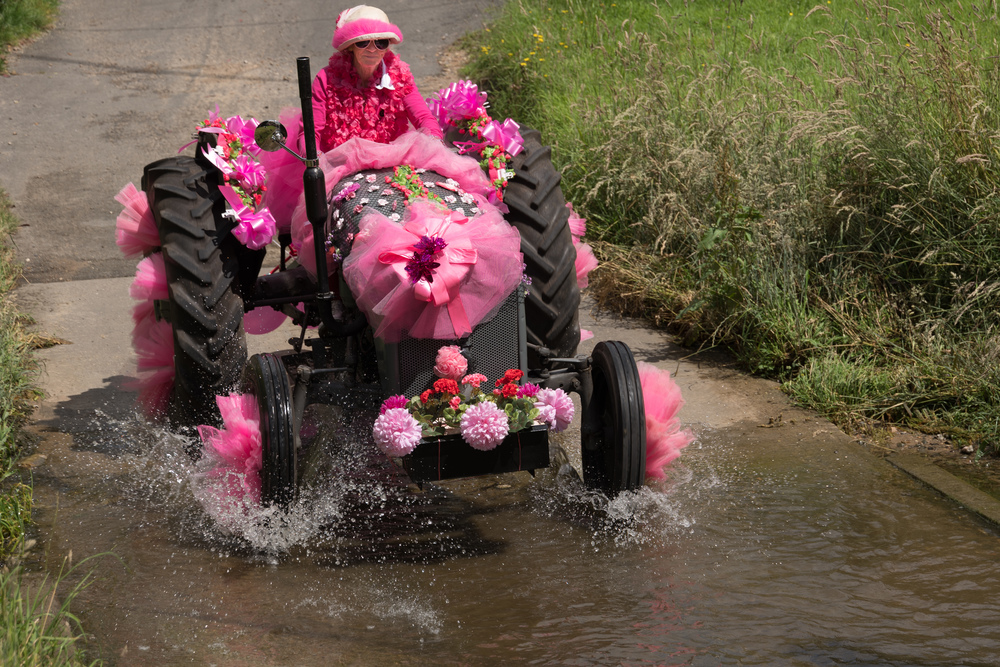
Candid and Portrait
Perhaps the SL with the 24-90 is a bit ‘in your face’ for candid photography, but strap on something smaller and it’s great.
The huge bright EVF makes manual focusing really easy: of course there is always the option of zooming in or focus peaking, it takes a little practice, but I’ve found it best to use the full frame without any focus assistance. In very low light the EVF remains bright and clear (if a little grainy)
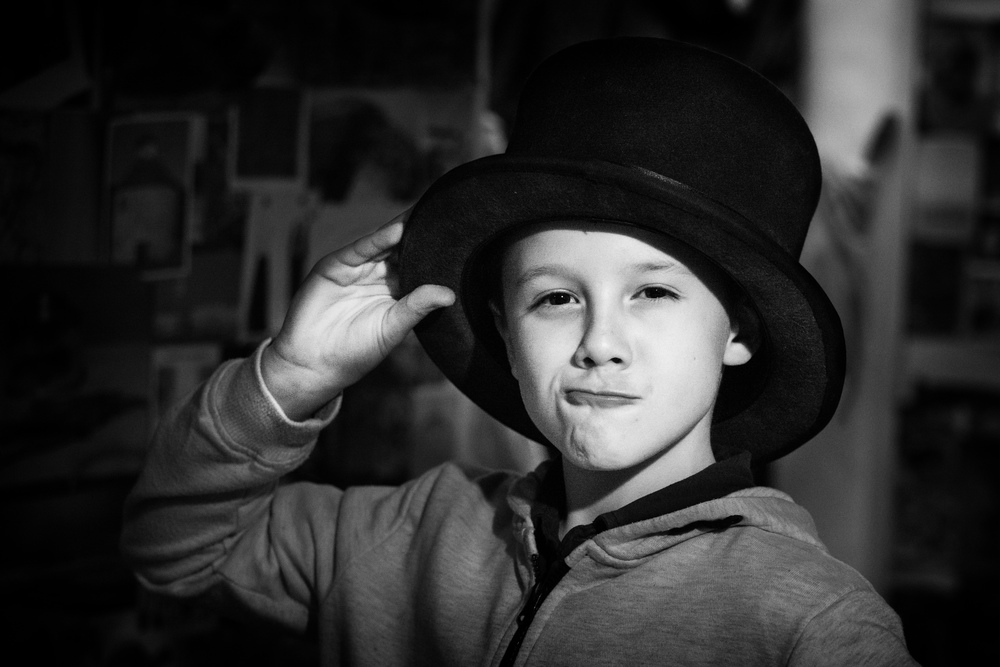
Shooting Scenarios – Conclusion
The point of showing all these different situations was to emphasise how flexible the SL is. Of course, if you only shoot sports, then a Nikon D5 with appropriate lenses might be the better answer; if you only shoot landscape then one could certainly argue the case for a Leica S or a Hasselblad medium format and if you only shoot environmental pictures of people then the case for a Leica M is pretty conclusive. However, the Leica SL can handle all of these situations with ease, I really can’t think of a situation where it would fail to come up to the mark. More than that, it’s hard to think of another camera which can cover all these situations so well.
Long Term Use
Build Quality and Wear and Tear
I use my cameras every day—they are often in my hand for several hours at time. We’ve had a wet winter, and now a wet summer; the SL has been soaked a number of times and it’s performed flawlessly. The only sign of wear is slight greying on the dials, and also on the edges of the hot shoe plate. It has improved its looks rather than otherwise. The picture above is after eight months of continual use. No scratches and the (unprotected) LCD also shows no sign of scratches or scuffs.

GPS and WiFi
The GPS just works. It is seamless, appears to use little battery life, and it’s accurate as well, which leaves very little to say! I leave it on all the time.
I was going to do a section in the Scenarios on Travel Photography, but it seemed to be represented in all of the different categories. However, I think the GPS function is the icing on the cake of the SL as a travel camera.
The WiFi implementation is also really good—it does require you to shoot DNG+JPG, as the native smart phone apps don’t necessarily deal with DNG files, but this isn’t much of a hardship as it doesn’t seem to have any noticeable performance hit. It’s great for posting instant pictures to social media when out on a shoot, and the camera control app works really well for remote shooting.

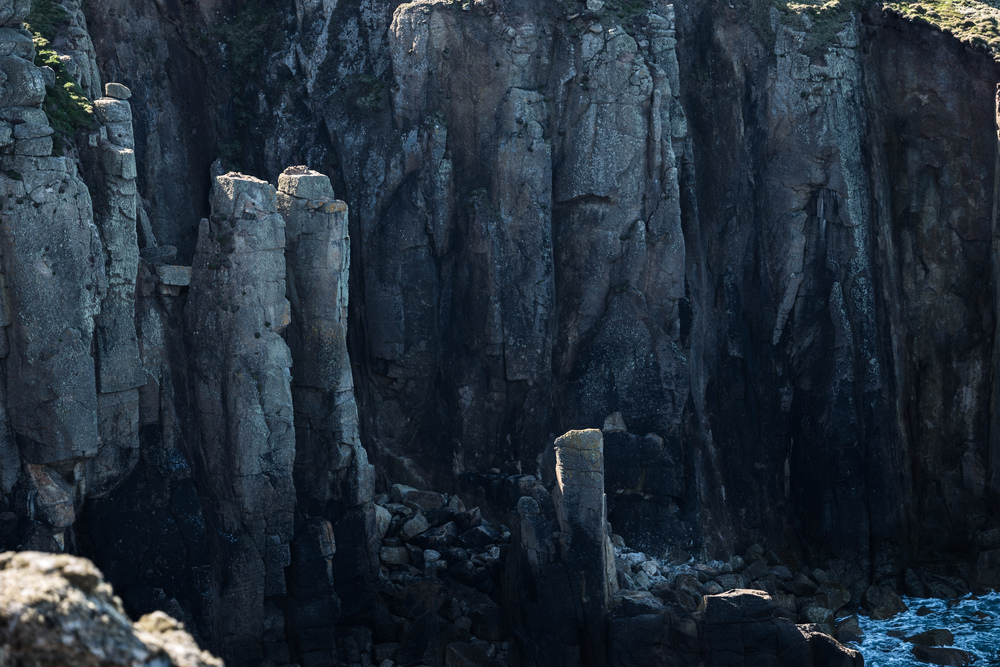
Conclusion
The Leica T was a statement of intent from Leica, and although it isn’t ‘state of the art’ in terms of technology, it was a real step forward in interface design. The Q proved that Leica could actually produce a cutting edge camera which wasn’t just interesting, but performed better than its competition.
With the Leica SL they have produced a workhorse of a camera; it’s a proper professional tool without any compromises in terms of operability or image quality. More than that, it’s a real joy to use, with a logical and intuitive interface, state-of-the-art performance and a couple of practical zooms with prime lens quality results. It is seriously rugged and reliable and you can use it with all your legacy M, S and R lenses.
Over the last year I’ve used the SL in lots of different situations, from flower macros to pink tractors, and in each situation it has performed effortlessly and satisfyingly. The results have been universally good, even in very trying conditions. A year with the system has only emphasised its virtues. Future firmware updates and more lenses can only make it better.
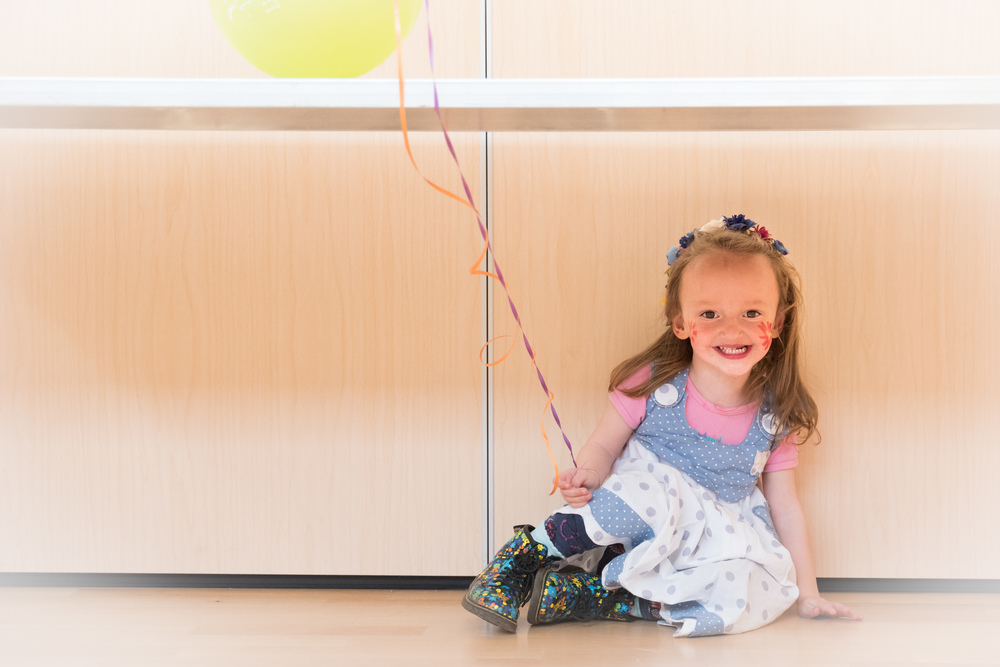
More Images
- All images in this article ©Jonathan Slack
- You can find Jonathan Slack here
- Subscribe to Macfilos for free updates on articles as they are published. Read more here
- Want to make a comment on this article but having problems? Please read this

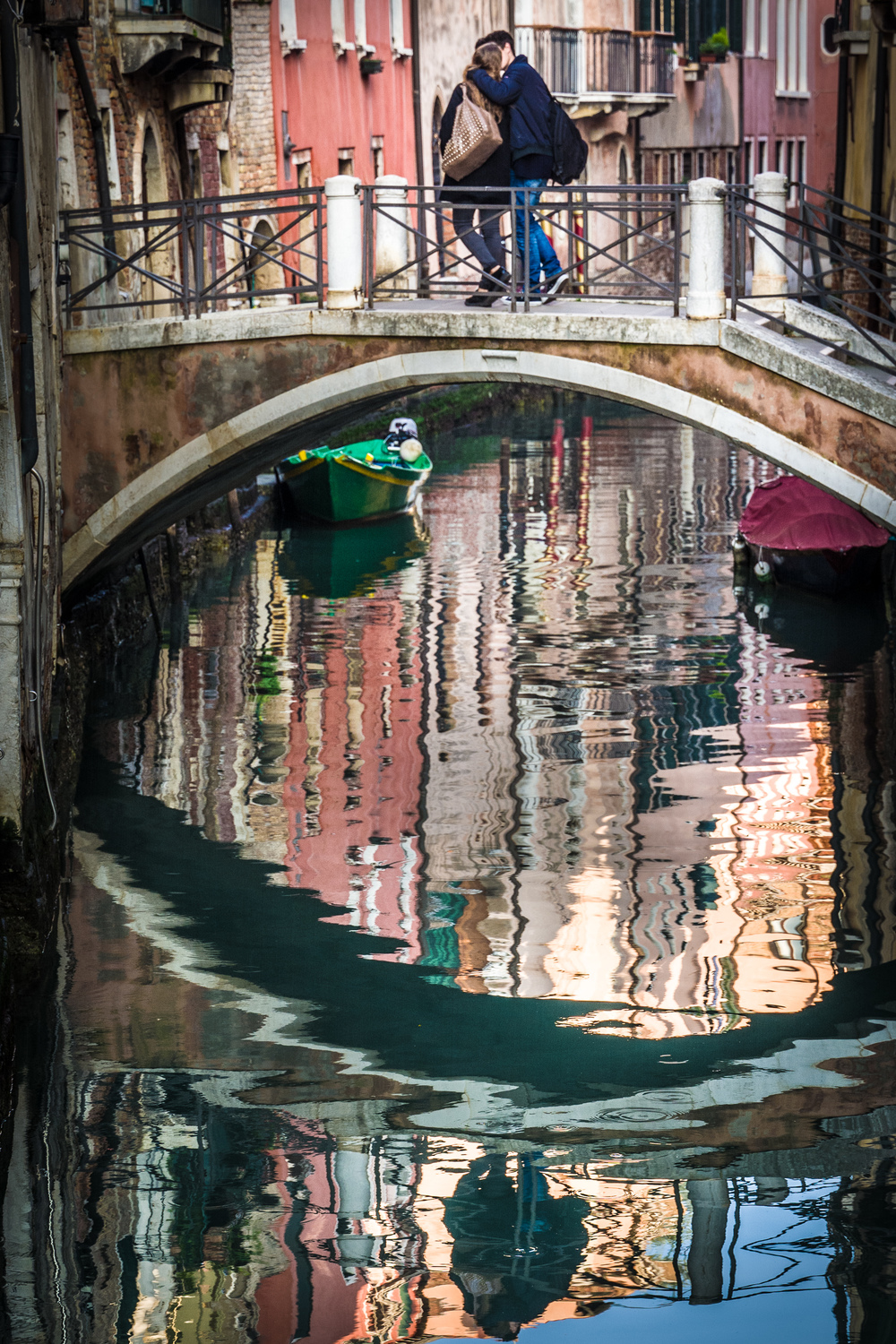
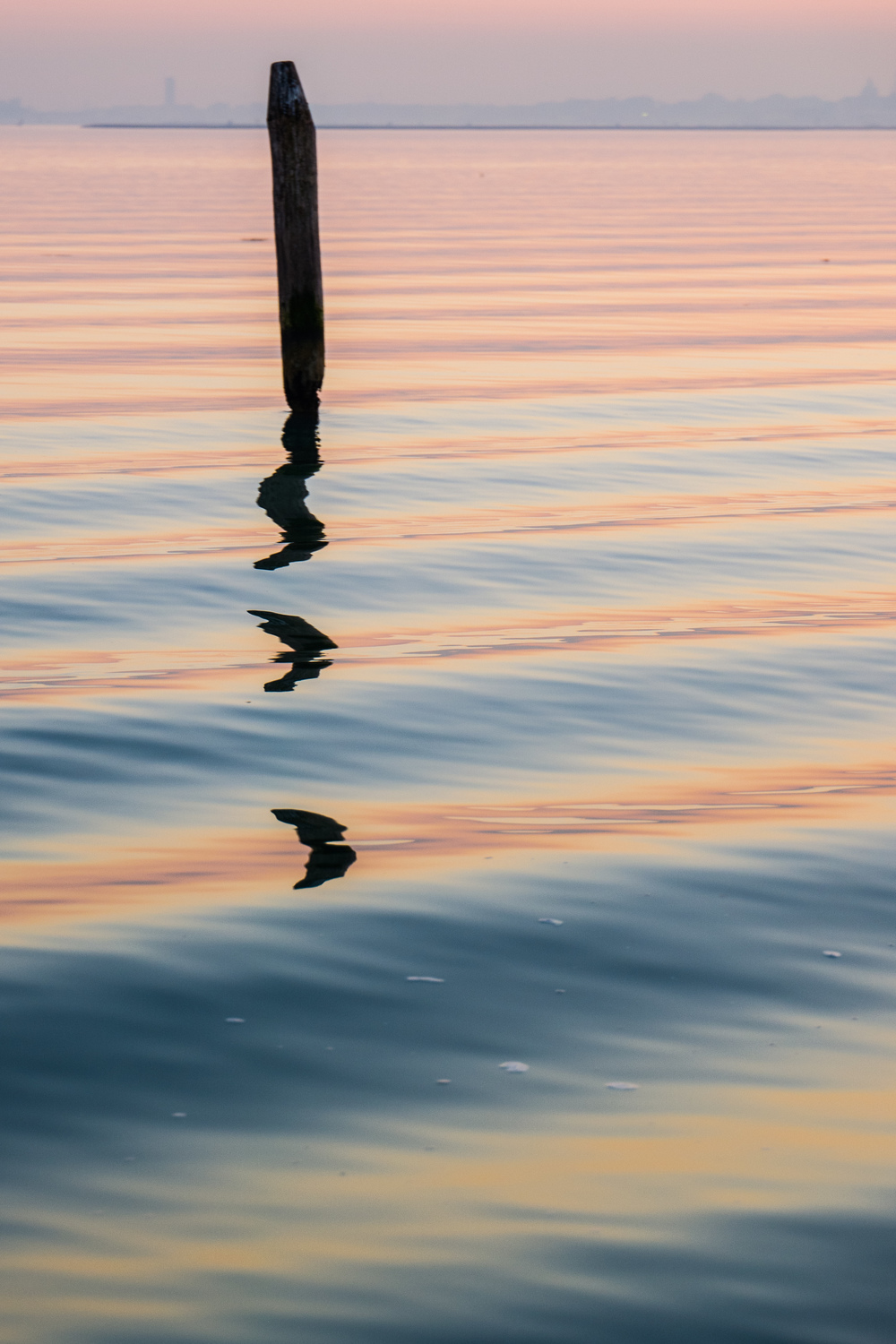
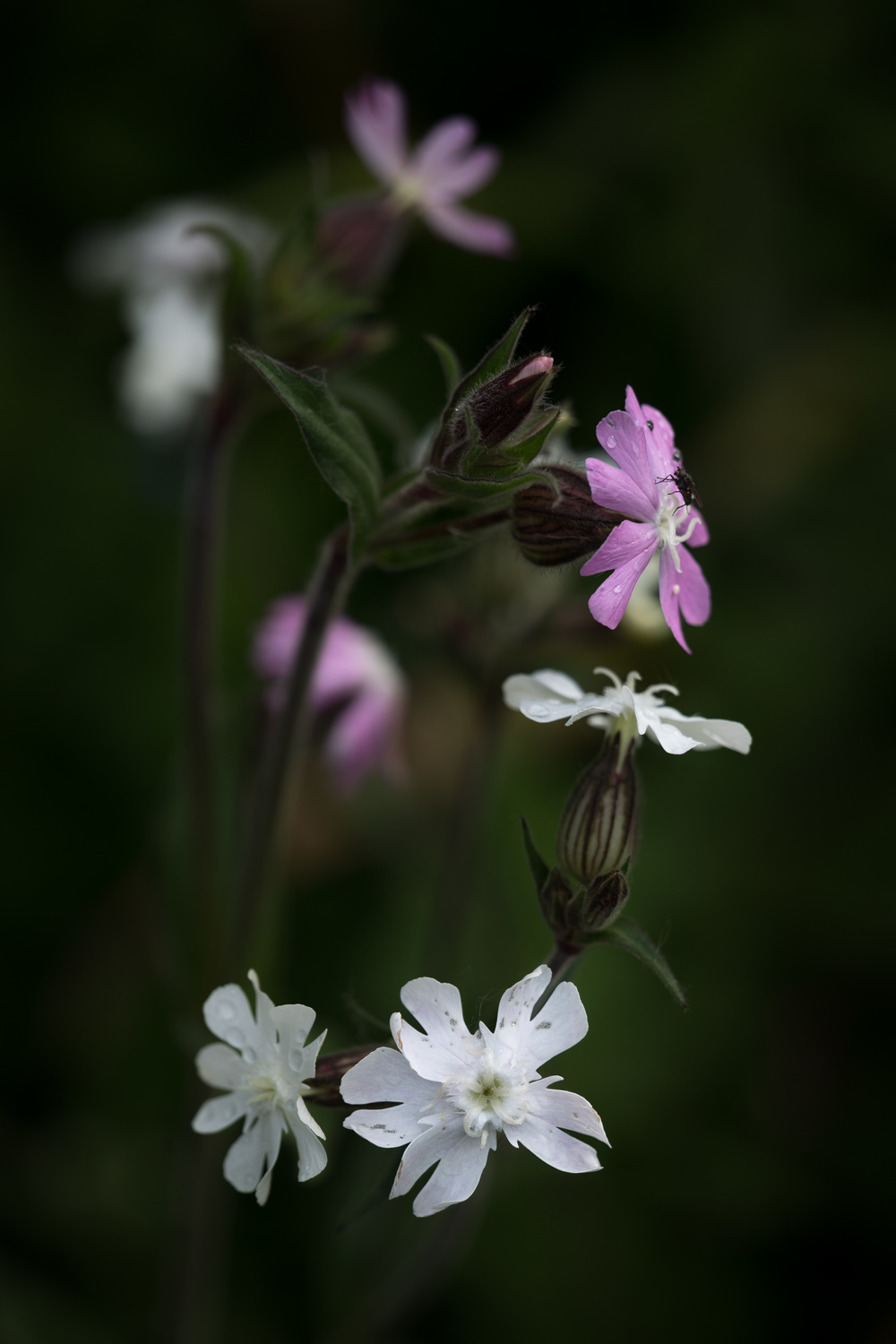
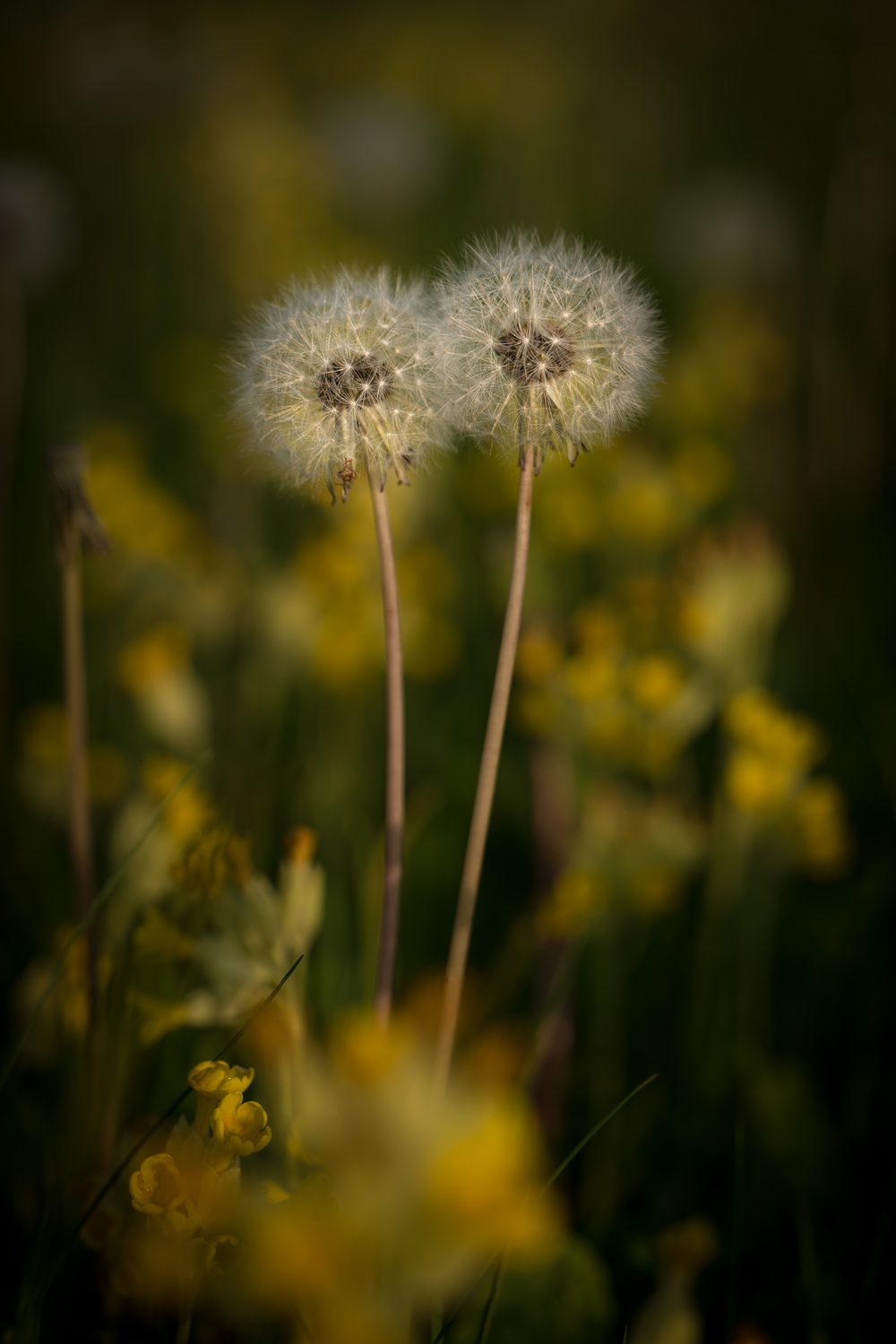
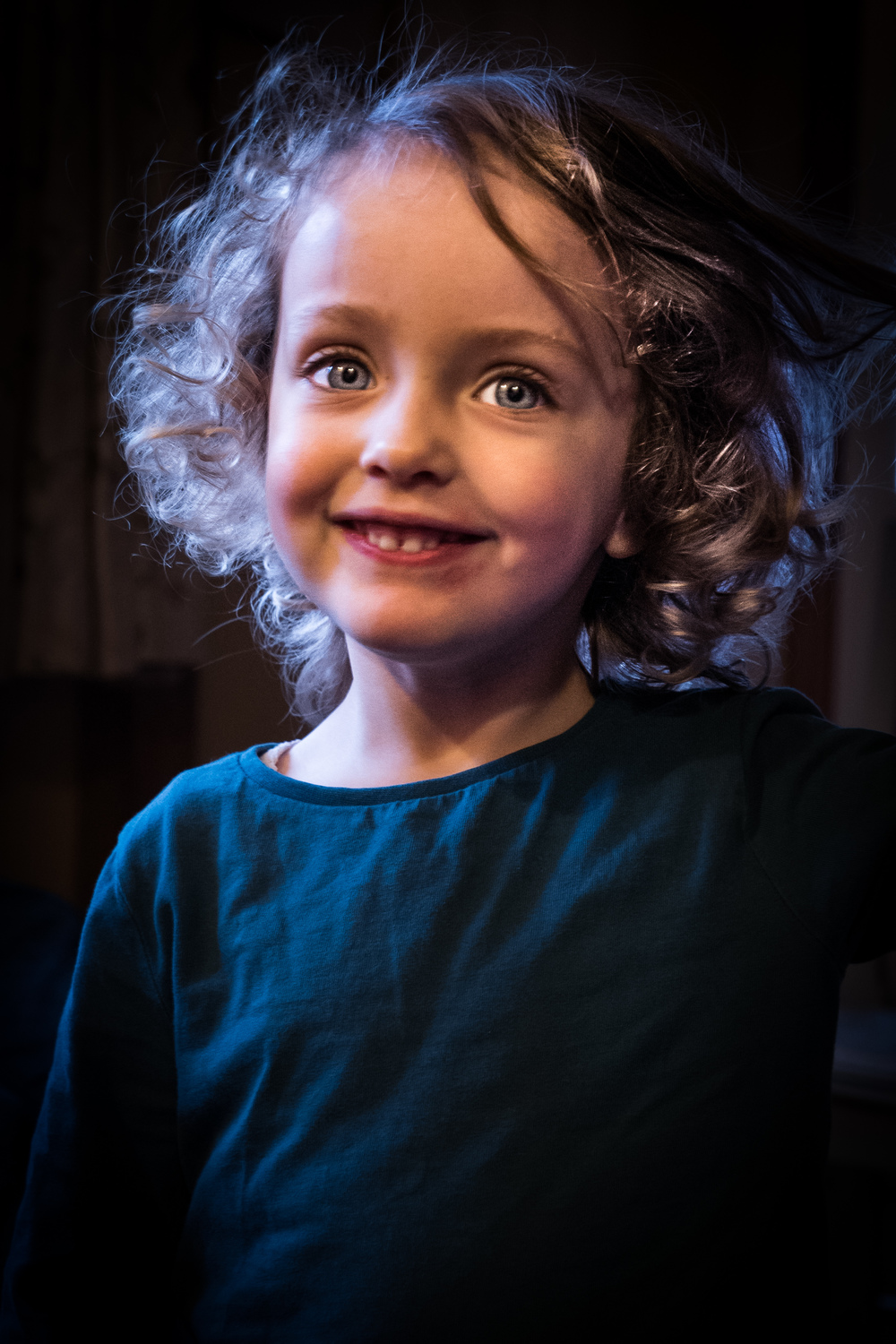
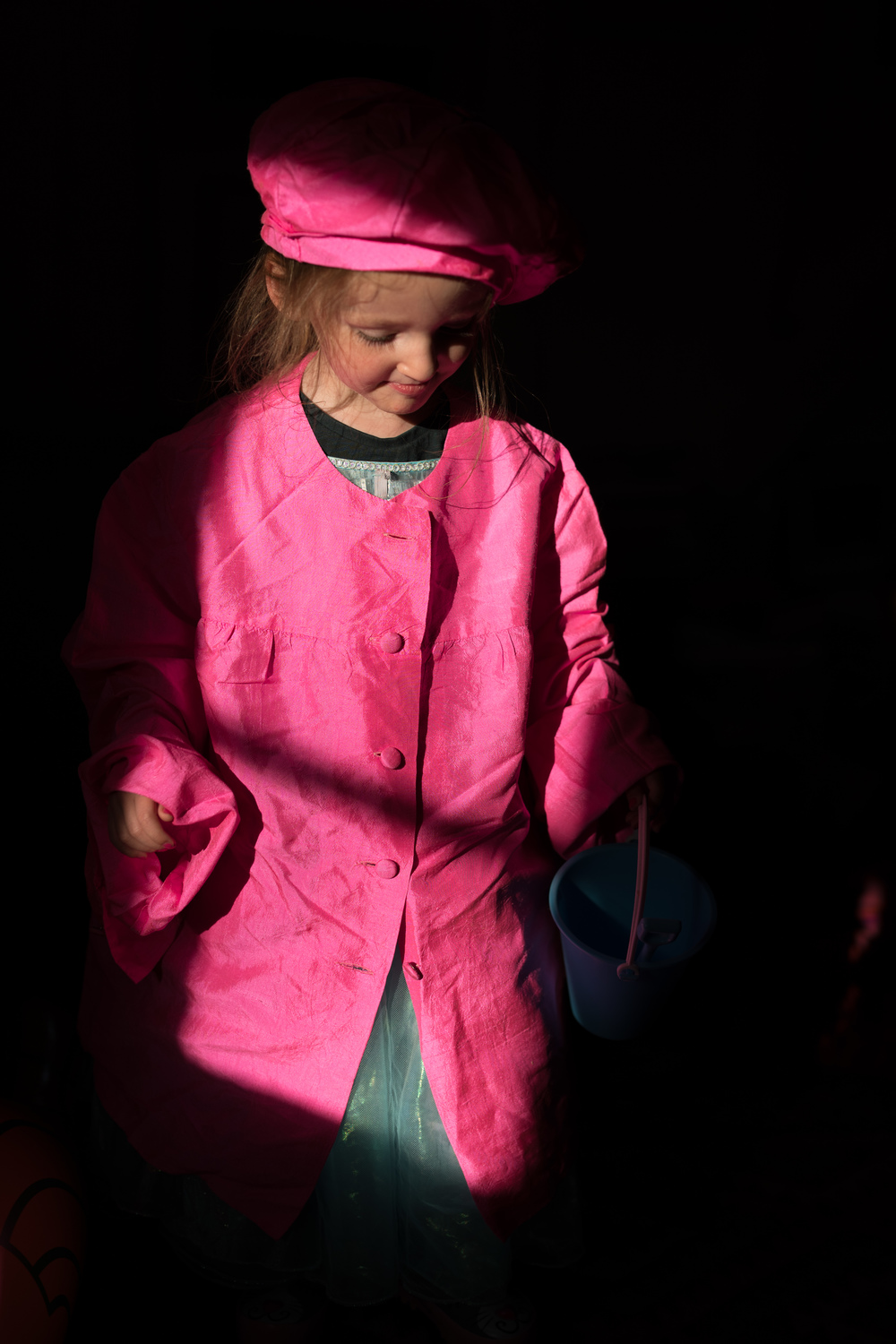
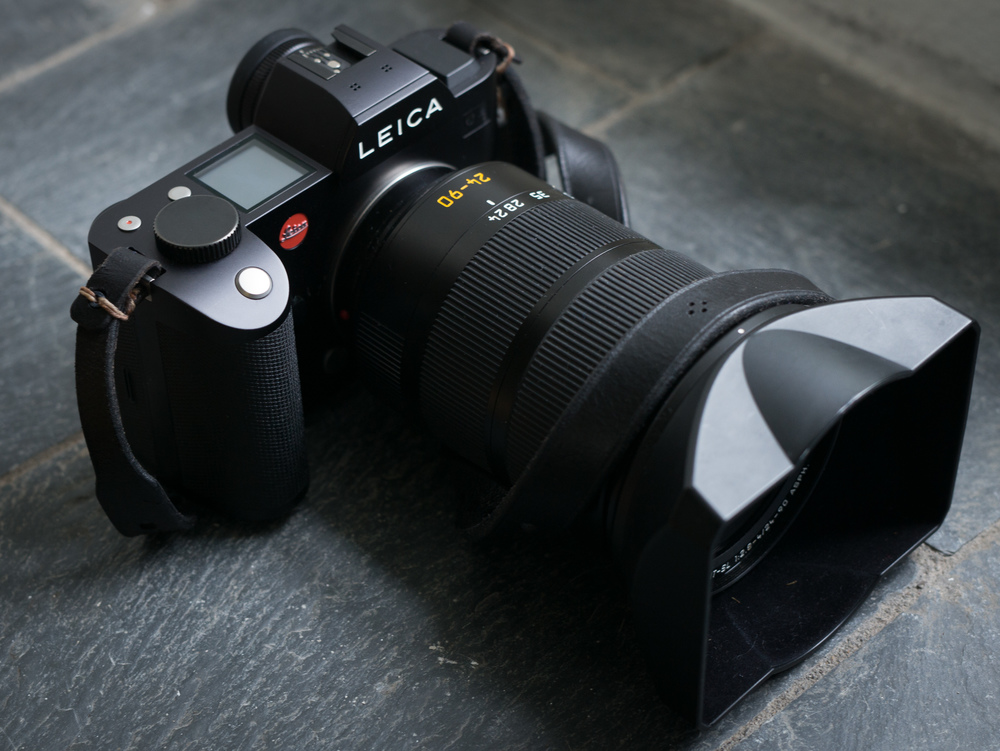
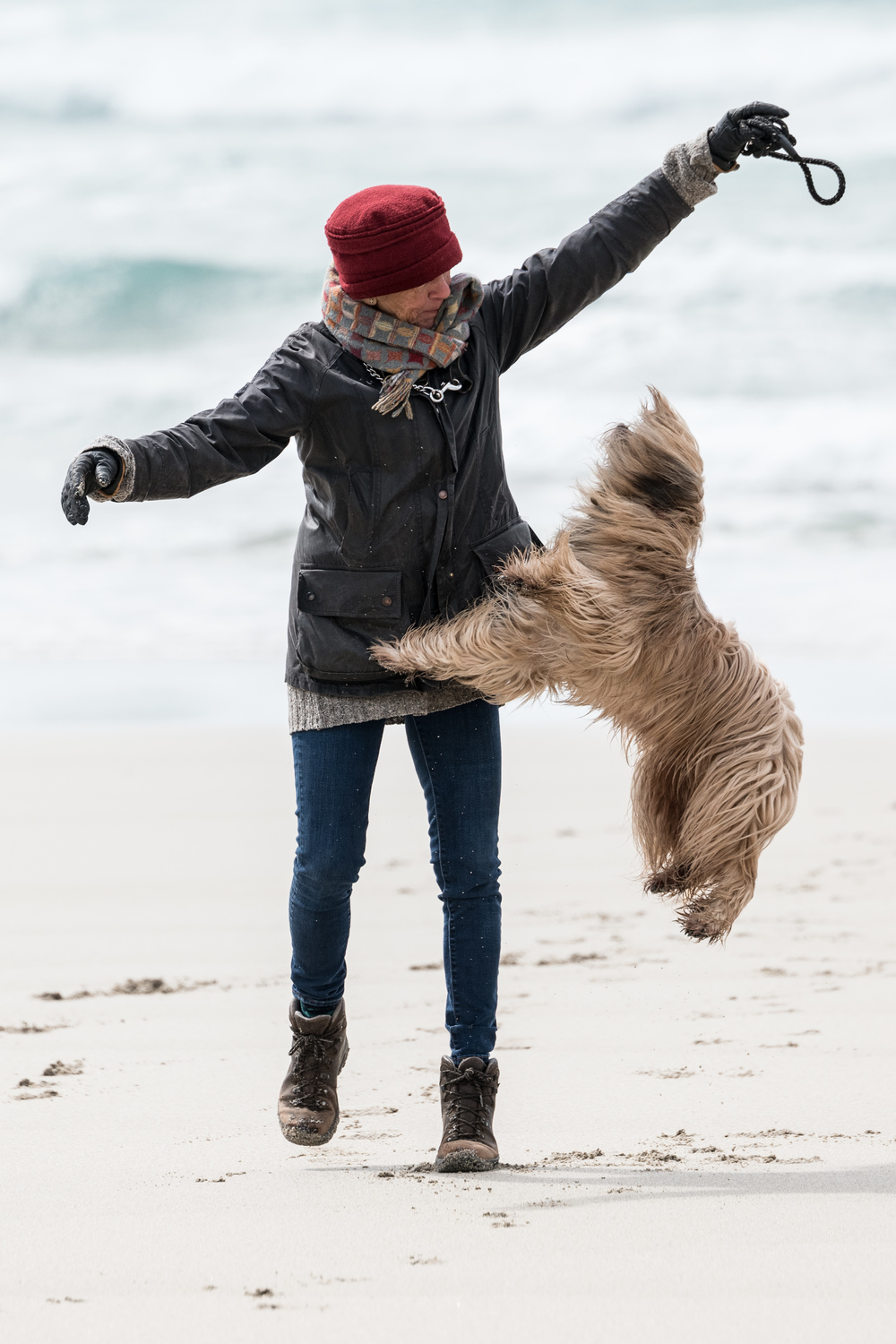
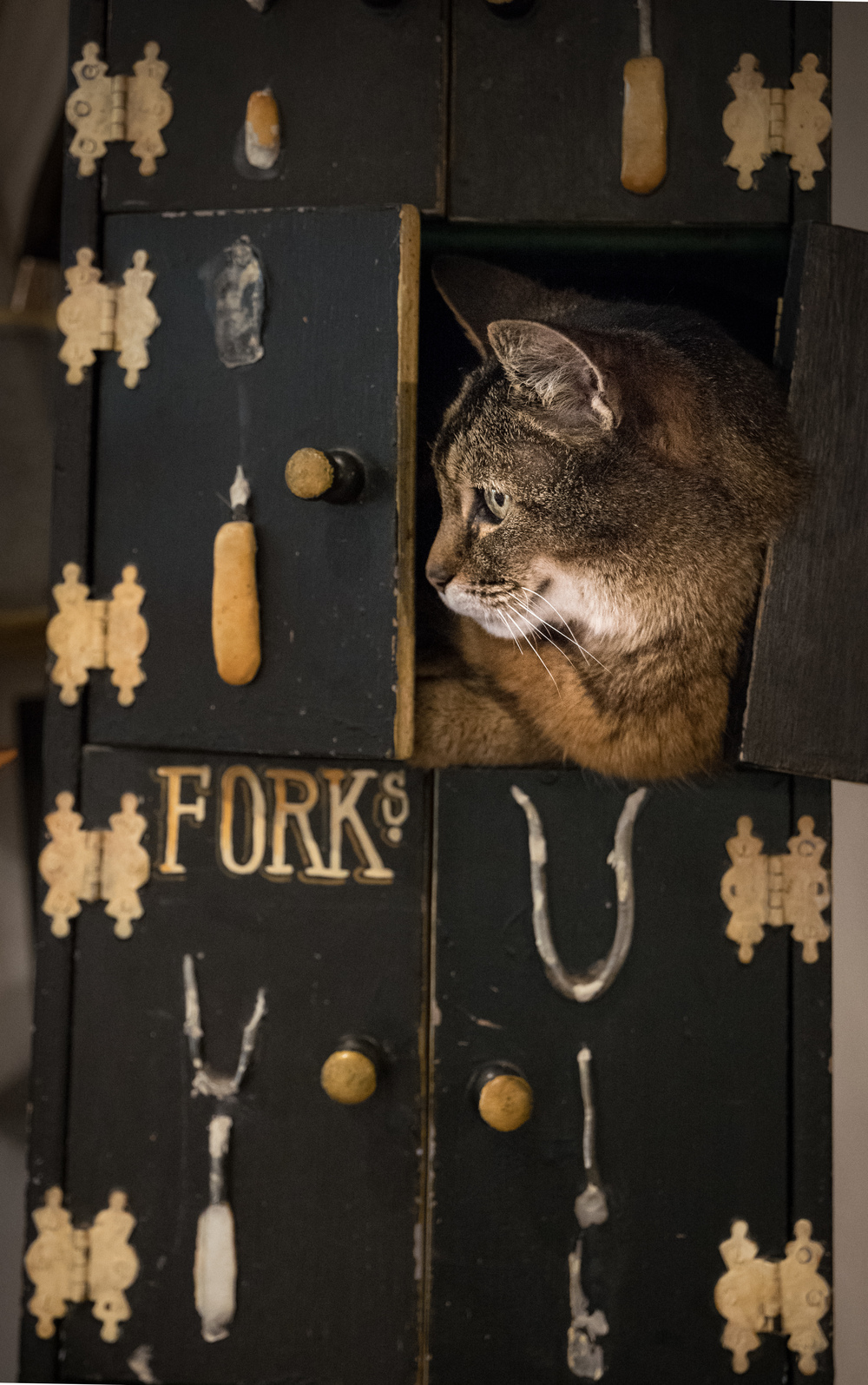

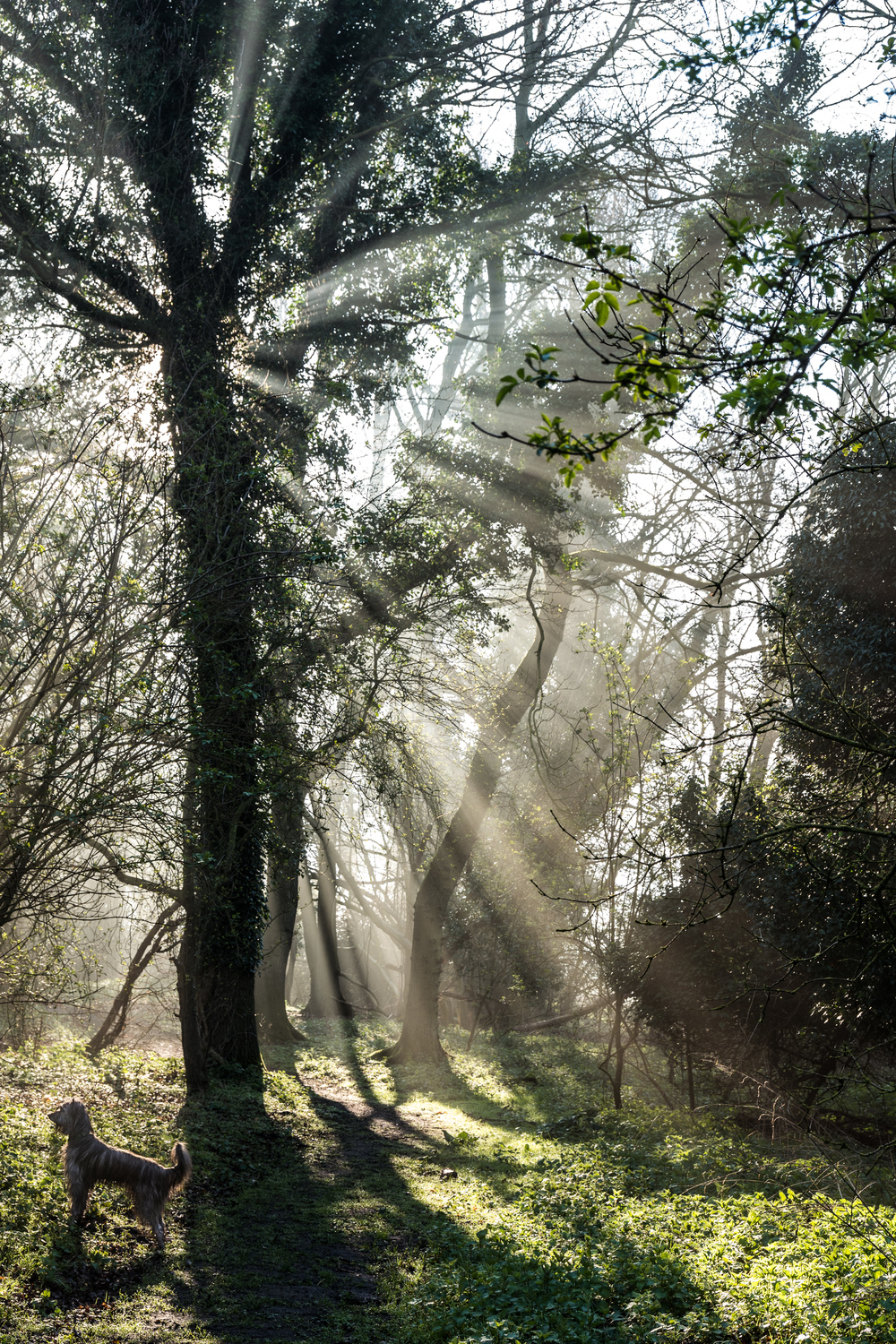
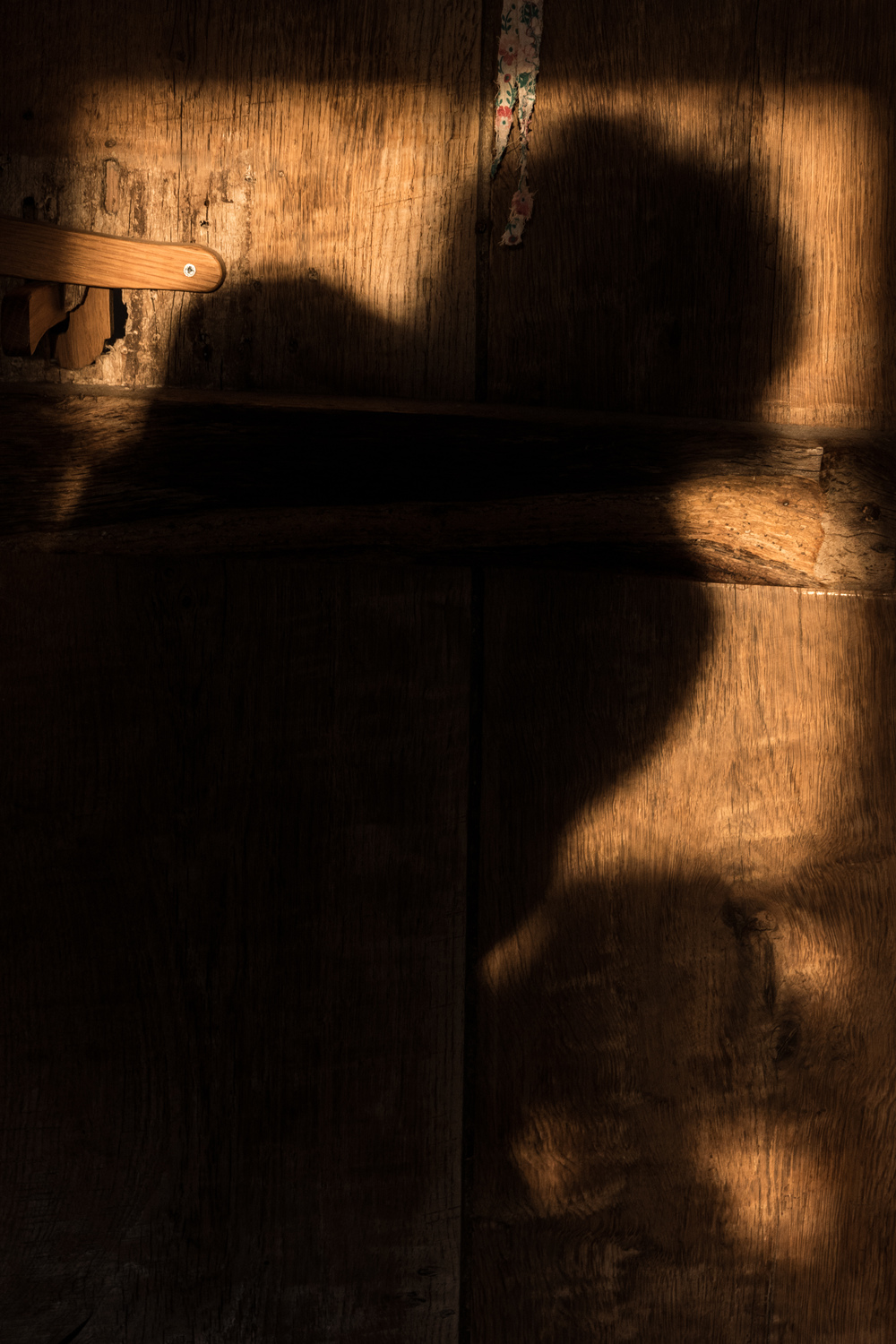
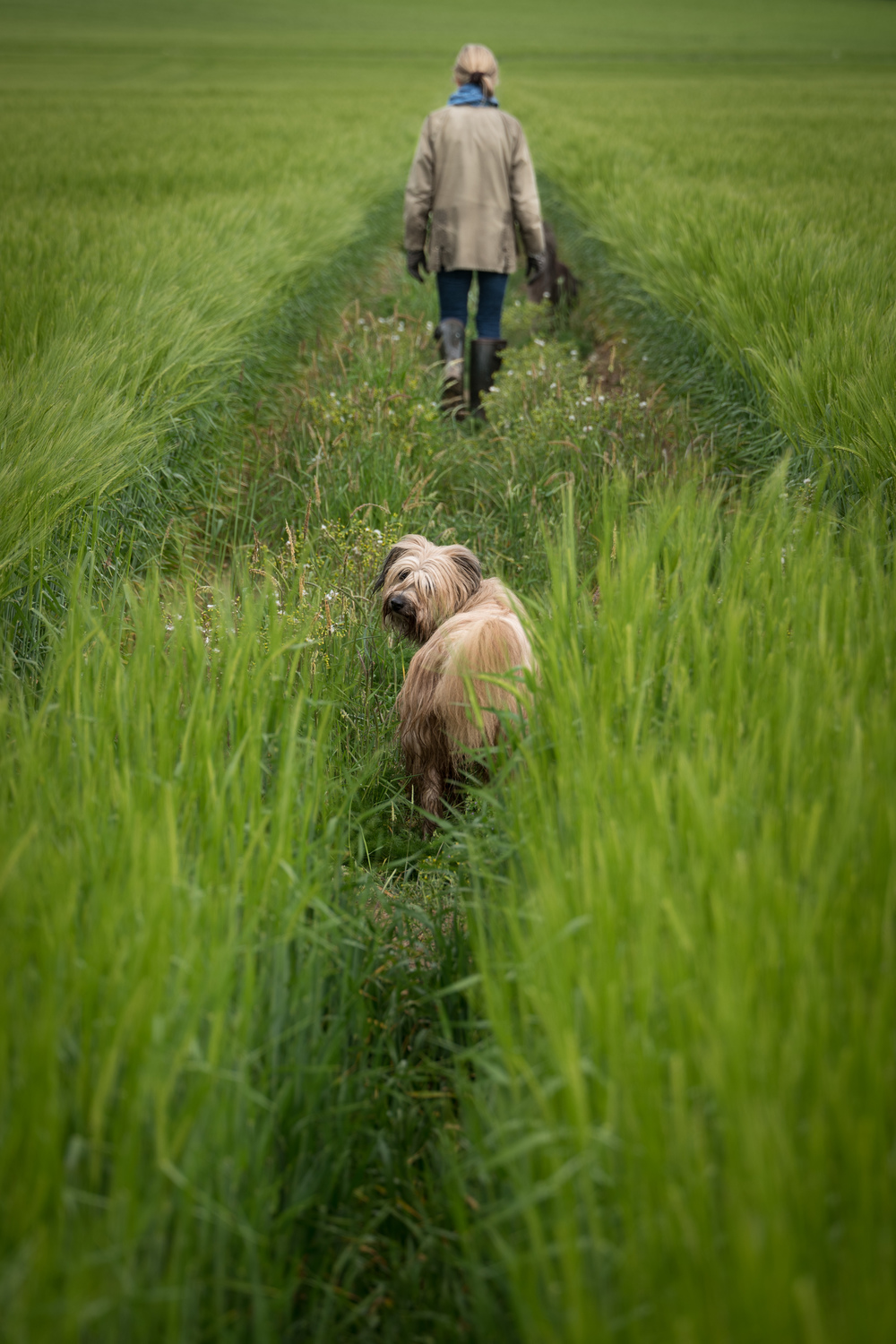
I forgot to say that your shots are really nice and artistic! Congrats!
I have been toying with a loan SL with the 24-90mm lens for ten days, and can see and agree with what you write about its versatility. I have mainly done street shots with it; and constantly shot several fast moving kittens! The focusing is very responsive and accurate. My only complaint is that the dynamic focusing doesn’t oblige sometimes probably when the subject is not contrasty enough to the sensor. Otherwise, the camera handles most of my shooting very well. I am not concerned by the weight and size when shooting in the street everyday for the last ten days. (But the battery needs more juice.) In fact, the camera and the lens balance very well and the weight adds stability to my hands when I need to drag the shutter speed to far below the safety limit. I am considering owning one myself. Probably a M lens adaptor too. But I don’t own any M lenses. Glad if you would share with me about which M lenses you have used on the SL that may make a good value-for-money (I know, won’t be cheap anyway) choice to start with for street photography.
Let me add my thanks for this wonderful article. The range of beautiful images, some delightfully humorous, is a pleasure in itself, and your way of combining objective and subjective in your response to the camera is amazingly clear and balanced – but then it always is! I’m never going to be allowed to take out a second mortgage for an SL, but I shall continue to be very happy with my X-Vario (where you also helped with the decision!). Secretly, I suspect if you went out with a Brownie box camera, we should be stunned by your results and nod appreciatively at your sage comments, and there would be a run on the market…………
Hi There John
Thank you for your kind words – I’m very flattered, and it makes the work seem really worthwhile (there are so many kind people about!).
I’m not sure that I could do very well with a Brownie box camera, but the X-Vario is a camera I remember with real affection – blighted only by a poor press launch – it takes great pictures and is a joy to use.
To be sure – I’m very well aware that all modern cameras are quite capable of taking cracking images, whether they cost £300 or £30,000, but that doesn’t alter the fact that some cameras make it easier than others . . . or that it’s a lot of fun thinking about it!
Thanks Jono for your thoughtful analysis. Your photos are as stunning as ever. Because of its size, the SL and its native lenses are not a system that I would buy. I have a Nikon D800E and relevant lenses that I rarely use because of size/weight considerations. That being said, for some types of photography which I rarely do, such as sports or wildlife, the D800E is far better than any of the other systems which I use, such as Leica M or Fuji X. I can see the attraction of a large camera/sensor/lens set up for professionals who have to get particular types of shots at publication standard. For most amateurs this is not as important and criteria such as comfort and ease of use are more important.
For me, the Fuji X series has the best handling of any current camera. I am speaking as someone who has considerable experience of using traditional film camera designs such as those found in the LTM and M cameras. I find, however, that Leica has lost its way with the handling M240/262 cameras. There are far too many menu based options and I find that the exposure compensation system in the current Ms is the worst and slowest to use of any current serious digital camera. I hope that Leica take some their design direction from Fuji for the next M model. I note what you say about unmarked dials on the SL and that how one can grow used to these over time. I remain to be convinced by this. For me the dial systems on the Fuji X, Leica D-Lux (LX 100) and Leica X series are the ideal ones. You mention Sony cameras and I have had a look at them but, for me they are ‘computers with lenses’. I am more than an occasional user of my cameras and I am very familiar with them, but I still prefer marked dials. Maybe it is my style of photography or the fact that I was taught to tell the time on analogue clock faces many years ago but that is the way that it is for me and I find that quicker to use as well.
At the Leica Society AGM I tried out an SL fitted with an M 35mm Summicron. I found that, while it was easy enough to use, the camera dwarfed the lens. One thing I have found is that any lens used with an adaptor (ie off-system) will not have ideal edge of image sharpness, no matter how good the lens is on its native system. I would be interested in your comments on that aspect. I note, in that context, that most of the photos which you show above were taken with the native SL lenses.
I also noted last week on the Sky Arts ‘Master of Photography’ TV programme, in which the participants were offered a choice of Leica cameras for their photo taking, that most of the participants went for the SL, followed by the Q, with very few going for the M. I imagine that the SL was the top choice because most of the photographers probably used a ‘Canikon’ DSLR for their everyday use. The Q is small and automatic, whereas the M is manual and ‘strange’ to most modern photographers. One other comment is that, based on what one reads on online forums, the SL seems to be very reliable, certainly much more so than the Leica S which appears to have a lot of issues.
That’s about it. Once again thanks for the lovely photos and excellent analysis.
William
Hi There William
Thank you for your long response. Clearly haptics and ergonomics are at least partially subjective, but I’ll pick up on a couple of interesting points.
Exposure compensation on the M cameras
I have the exposure compensation on the rear dial – it’s instantaneous and thoroughly effective, and it shows in the rangefinder window – I’m confused by your criticism, unless you haven’t found the Direct Adjustment option in the exposure compensation menu section?
Complex Menus on the M
I hardly ever use them except to format the card – I’ve got the 4 user presets named and set up for different shooting scenarios, and it’s only a couple of presses to pick them up. ISO settings, White Balance etc. are grouped 4 ways.
Fuji Analogue controls
I had a Fuji X-T1 for some time, and initially at least I was very enamoured with the control layout and those lovely analogue dials – but being used to having user presets it’s very easy to get confused about what you mean to set and what the outside of the camera says – and as for seeing what’s set, I like to have it all in the same place like the LCD on the top plate of the SL
Blank Dials and buttons:
You say:
"I note what you say about unmarked dials on the SL and that how one can grow used to these over time. I remain to be convinced by this"
It seemed to me that it was much quicker to learn than the dials on the Fuji – or my Olympus, or the Sony cameras which we both dislike. Rather than associating labels with functions, it becomes a muscle memory issue, and together with the fact that the buttons all work the same way (short press for one thing, long press for menu item) I found it became second nature very fast – and it’s just as easy to adjust things with the camera to your eye without needing a second set of reactions.
Edge to Edge sharpness with M lenses
you say: "One thing I have found is that any lens used with an adaptor (ie off-system) will not have ideal edge of image sharpness, no matter how good the lens is on its native system. I would be interested in your comments on that aspect."
I completely agree with this (ie non-native lenses with adapters aren’t worth the bother) . . . . . except that I would consider M and R lenses to be ‘native’ on the SL – this is because they are identified by their adapters and there are firmware adjustments relating to them. I’ve done really thorough comparisons with a range of different lenses on the M, the SL and the Sony A7ii, and I’ve found that whilst on many of the lenses the Sony really is a bit of a dog (even at longer focal lengths) the SL works really well, in fact, for some lenses the edges are sharper than on the M (the 28 summilux is an example – born out by Sean Reid).
I suspect that I’d agree with your thesis with respect to Canon lenses on the SL . . but I don’t have any to do the comparison!
The reason that most of the images in the article were take with native SL lenses is that personally I prefer to use M lenses with my M (because I like rangefinders better than EVFs!).
I can see why the photographers on Master’s of Photography wouldn’t pick an M . . . but to my mind and for my personal use and work an M is still the best solution, the combination of the rangefinder (seeing round the subject and consistency of vision), the peerless lenses and it’s unobtrusiveness is still the best . . .but you need to practice focusing (I think) – if I don’t shoot my M for a week it takes a few hours to get back to consistent focusing
Thanks Jono for your expert analysis. You did tell me before how to eliminate the push button/turn wheel system on the M240 and I have made the adjustments. It is a bit quicker but I still don’t like it. I find that I have give a half press on the shutter button and make the exposure compensation become ‘live’ and then turn in the right direction. I find this slow and awkward. It is much quicker to make such adjustments on a Fuji. Personally, I prefer making adjustments without the camera to my eye but sometimes I break that ‘rule’. As you say, haptic and ergonomic preferences are personal and, in my case, I clearly have preferences for a particular way of working.
I generally don’t use presets on cameras or in Lightroom. The only ones I have are in Iridient Developer which I use for sharpening Fujifilm RAW images. I can, however, understand how professional or amateurs who shoot a lot of images would find such presets very beneficial. Like yourself, I rarely go into menus to make changes. I consider that to be a failure of some kind.
Your comments about adaptors are interesting. It is good to know that Leica have overcome some of the issues arising with some of their adaptors.
Thanks once again for the wonderful article and photos.
William
Hi There William
Thank you for the kind words.
It’s not the shooting of a lot of images, but the shooting in a lot of different situations which makes presets helpful –
So that for indoor work with people you might have a preset where the highest ISO is 3200, shutter speed of 1/focal length , where you have chosen a previously shot white balance and a +1/3 shot exposure compensation, with the focus assist light turned off (bugs people), single shot mode with spot focus point . .
Then, when shooting kids zooming about you could set tracking focus with slow continuous drive mode 1/2 focal length, auto white balance, focus assist on.
For macro /close up shooting have MF set on, daylight white balance, etc. etc.
These kind of settings make a great starting point in different situations (same is true of the M) – they also help one to become consistent, and make it very quick to change what you’re doing if circumstances change – On the M I have a Daylight mode, an Event Mode (with LV and video off), a monochrome mode (with black and white review) and an indoor mode.
Of course, Fuji could make this possible by having a (Menu) detent for each of the dials, but you still have an issue of conflicts between user presets and chosen options. . . .
And remember, all this doesn’t mean you can’t see at a glance what is currently selected on the SL, and with one button press on the M.
All the best
Jonathan
Thanks once again Jono. I might try some presets some time if I can decide what ones I want. I shoot in RAW and use Lightroom as my main processing tool with occasional ‘breakouts’ to Iridient, Photoshop, Silver Efex etc. With Leica I shoot RAW only but with Fujifilm I shoot RAW + JPEG as the JPEGS are so good. Sometimes I cannot beat the JPEG even after quite a bit of processing of the RAW image. From to time I take a photo and think at the time of taking ‘ that one would look good in monochrome’ but I prefer to use Silver Efex rather than shoot black and white in camera. Auto White Balance can be dodgy and sometimes I switch to daylight balance, particularly with the M240.
What I am looking for is a good malleable RAW image which will take any treatment I might throw at it in my processing. As the numbers of my final choices are rarely very high, I can afford to take my time and do what I need in post processing.
William
Hi William
I always shoot RAW as well (RAW only unless I want to connect to a phone or iPad whilst shooting).
Sorry, I was misleading – My Monochrome setup with the M sets the jpg quality to monochrome – which shows the review in black and white, but I still only shoot RAW. I like to do it when I think I’m likely to use monochrome at the end of the line, to help with the composition and get into the mood (at concerts for instance).
I mostly use Silver Efex for the black and white conversions as well.
Best
Jonathan